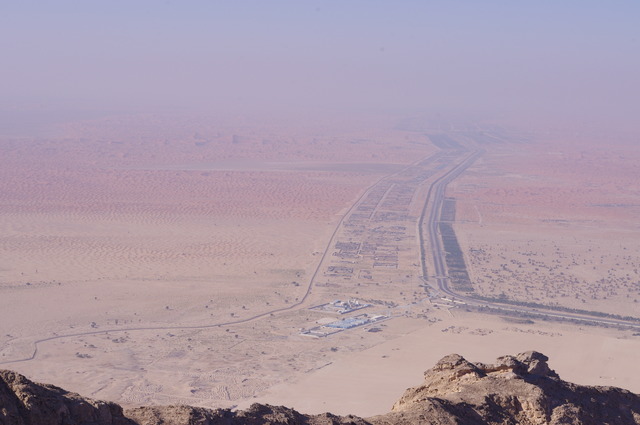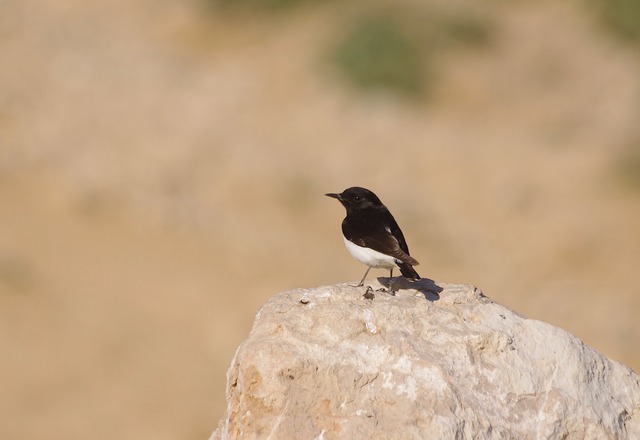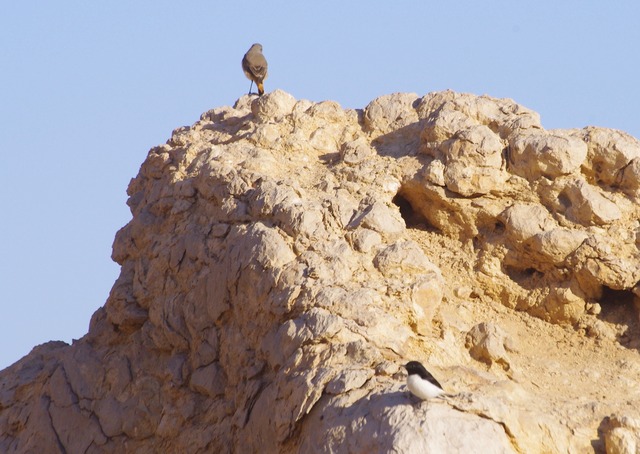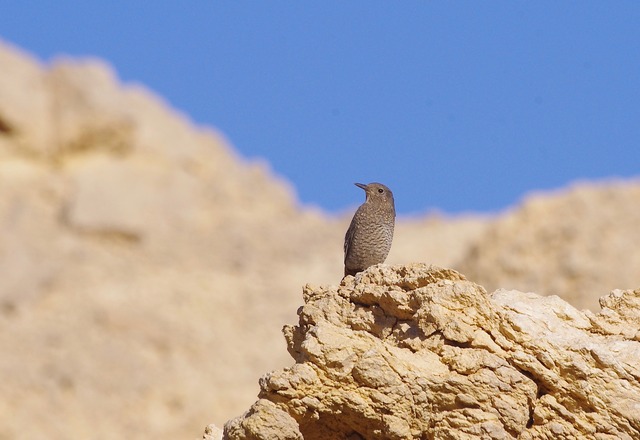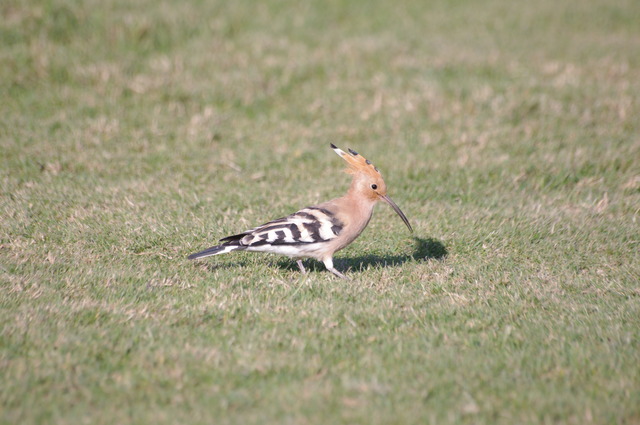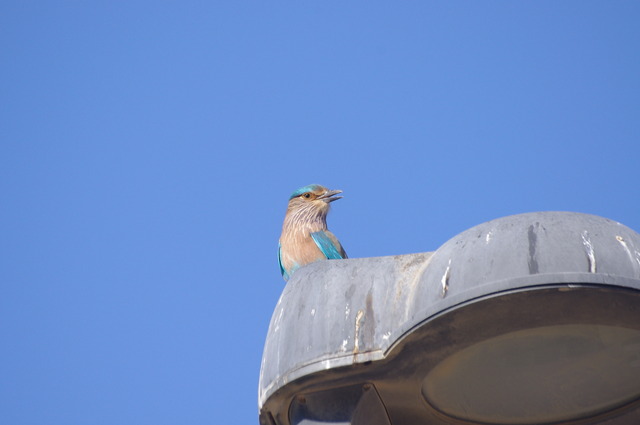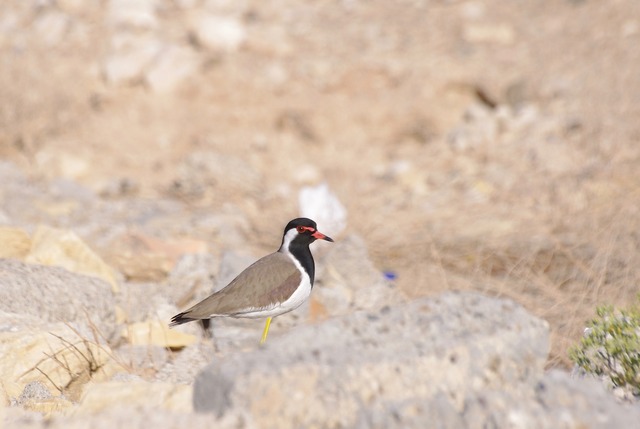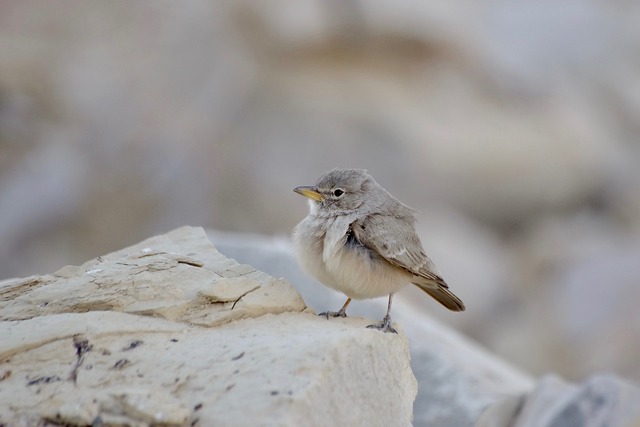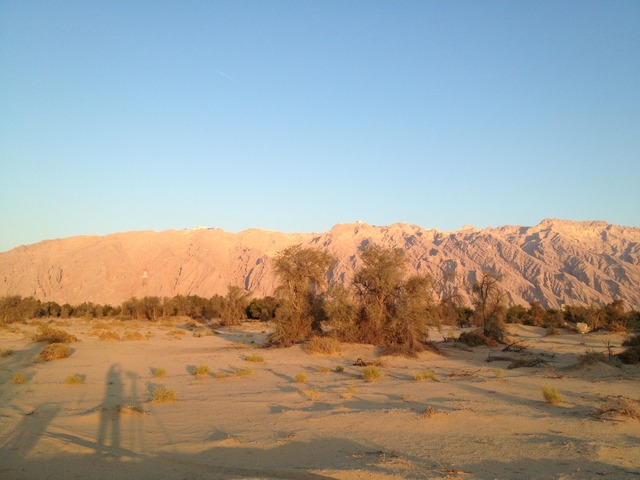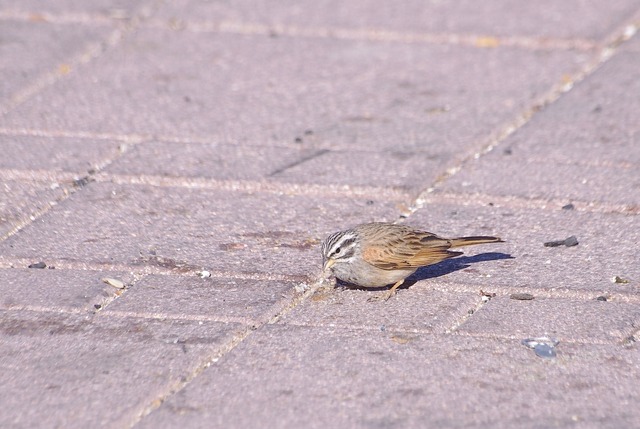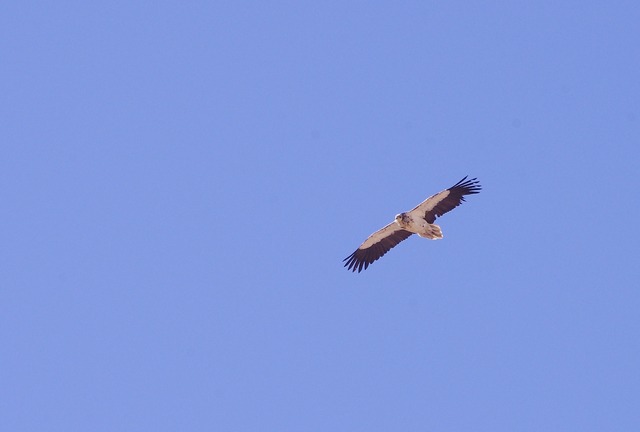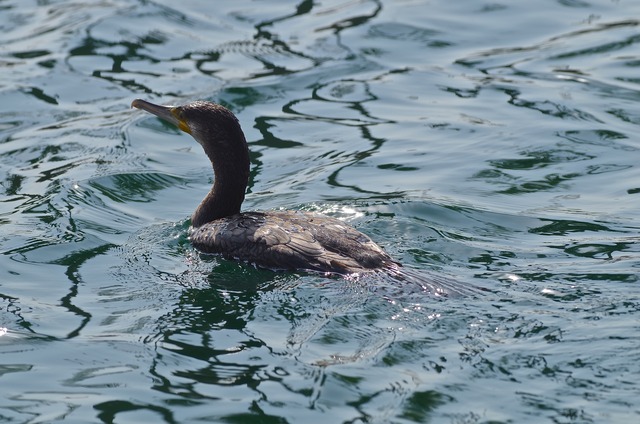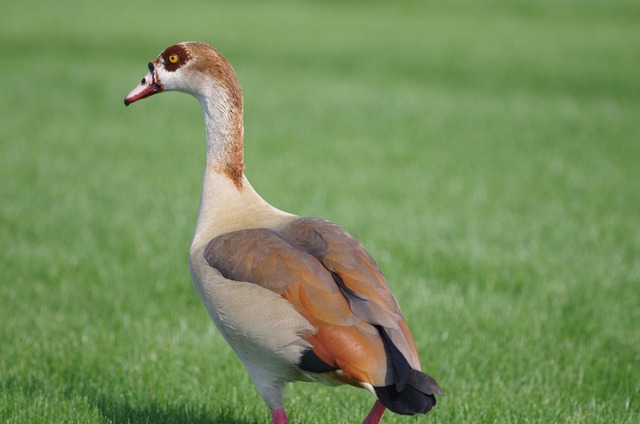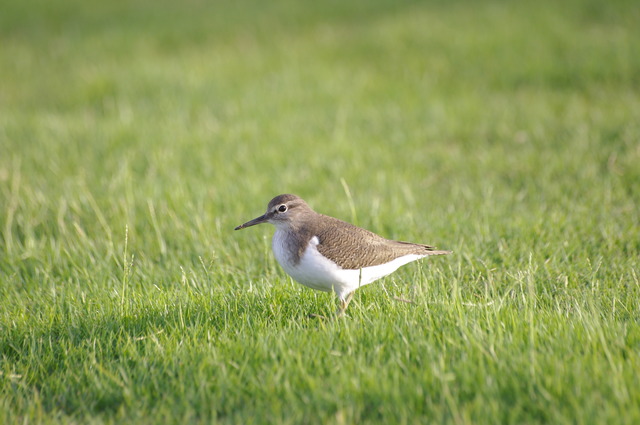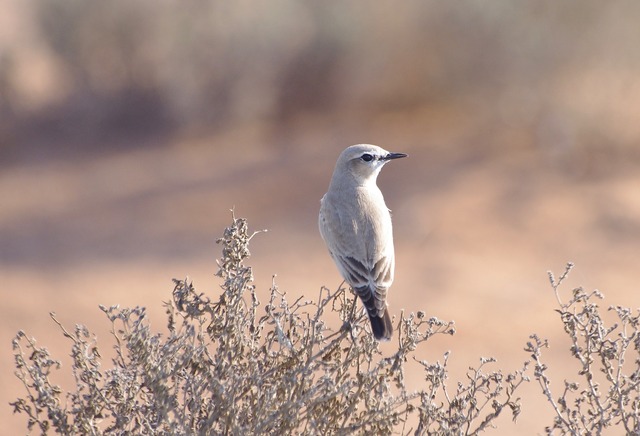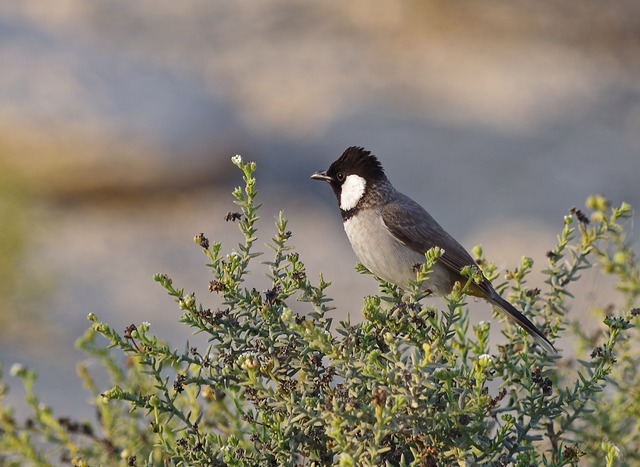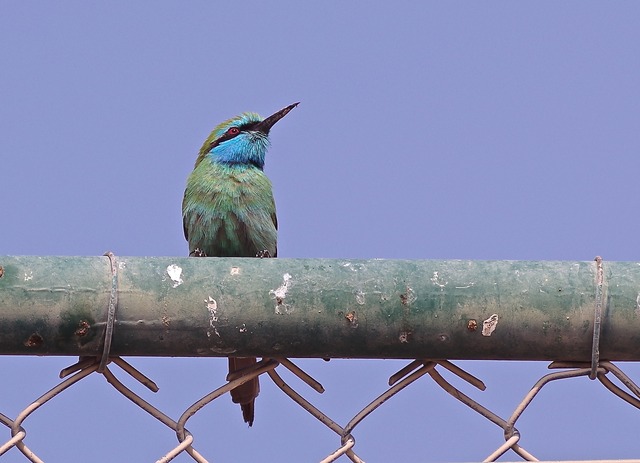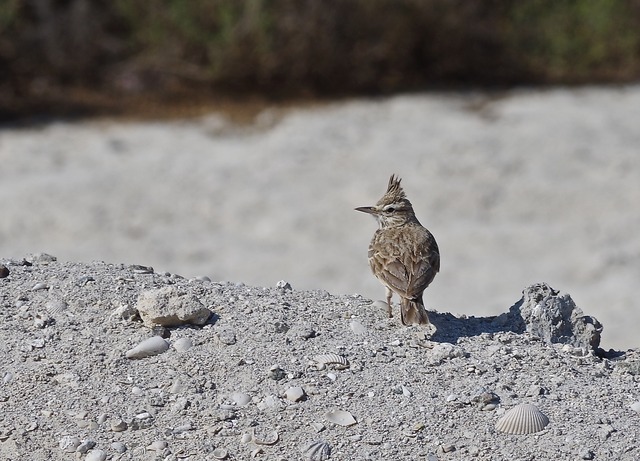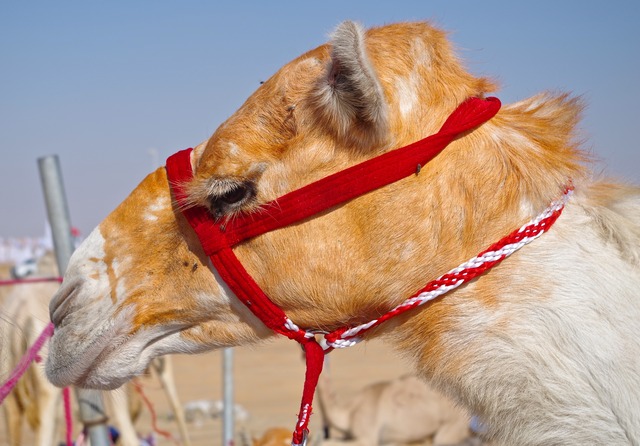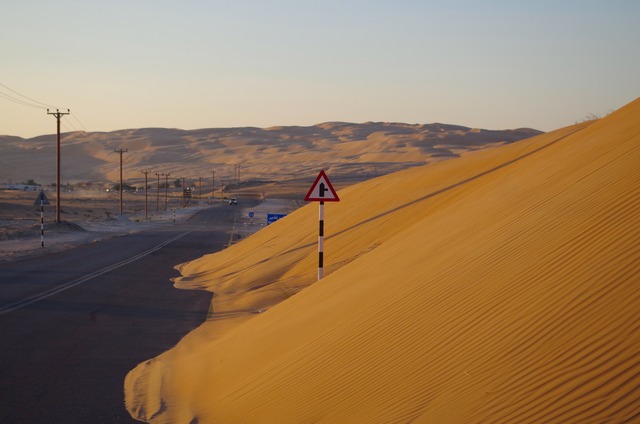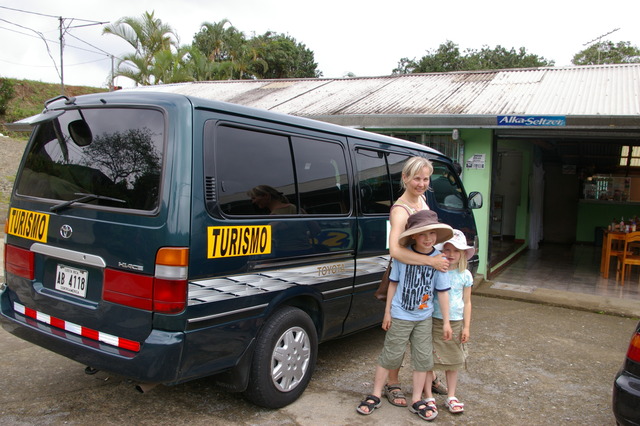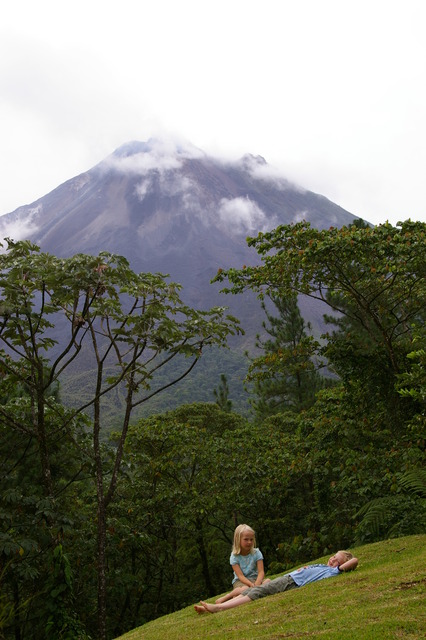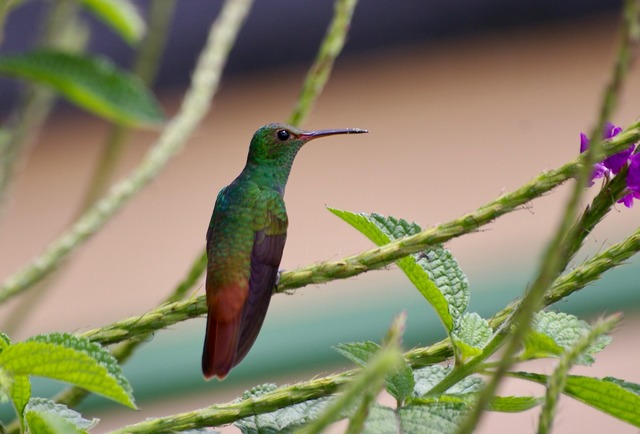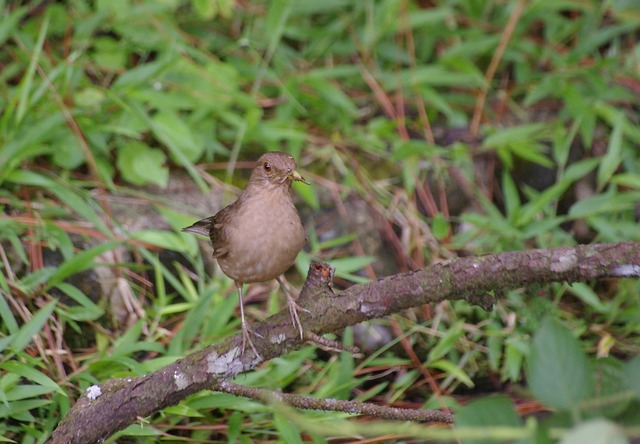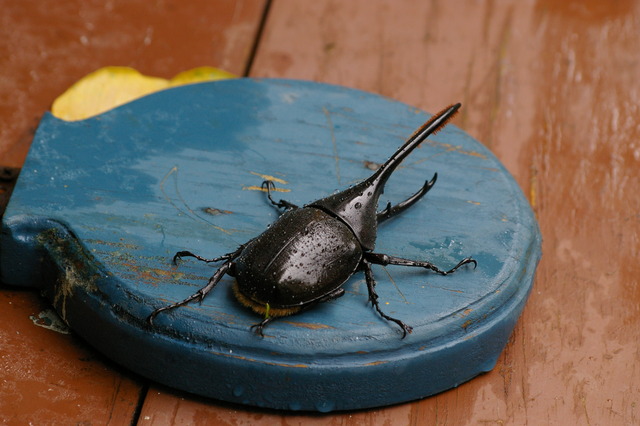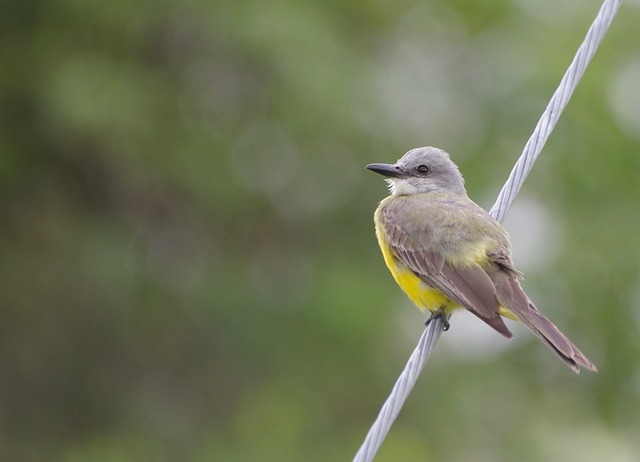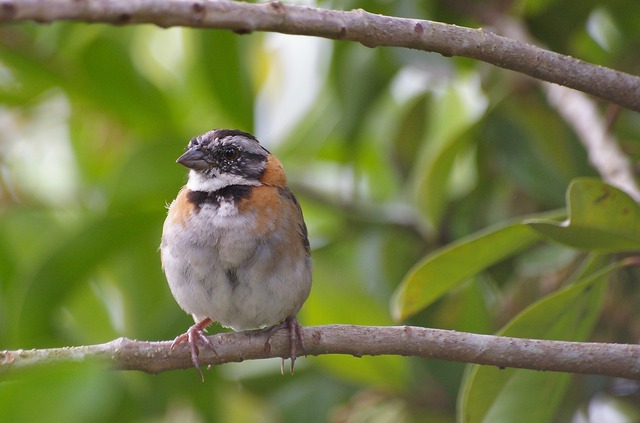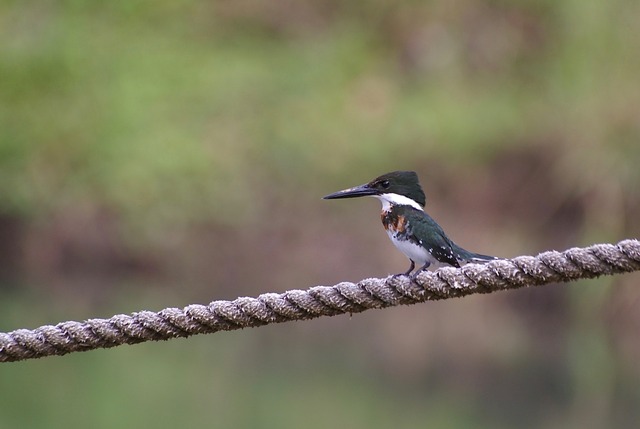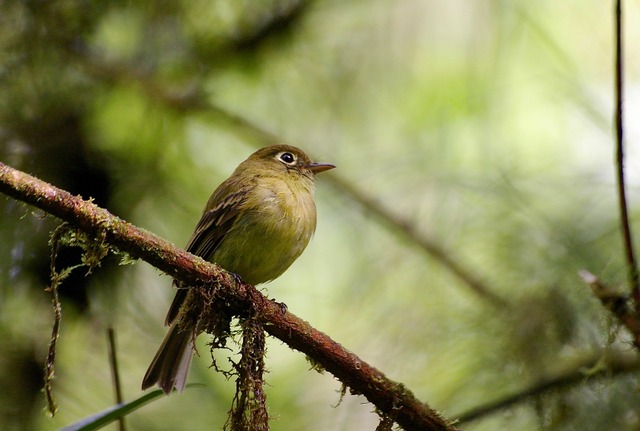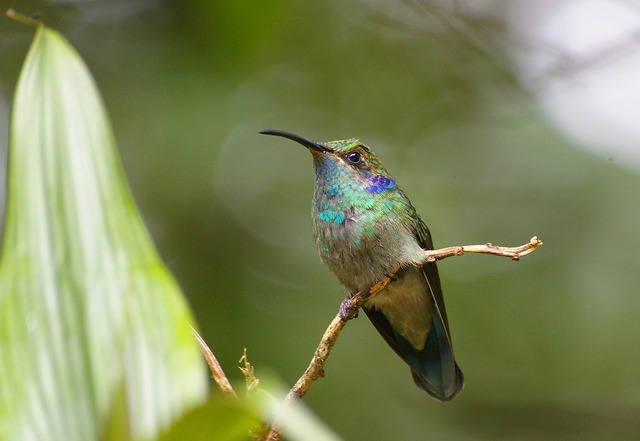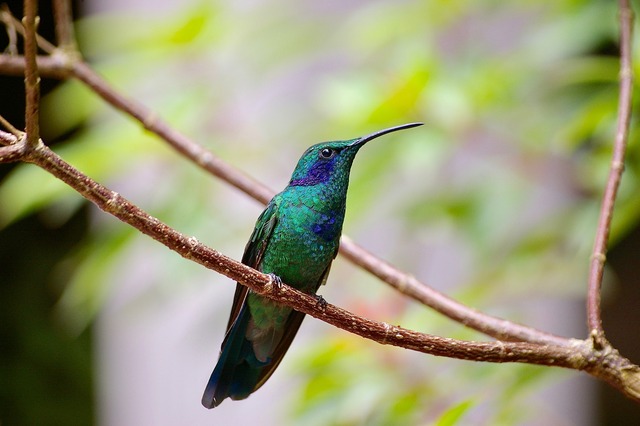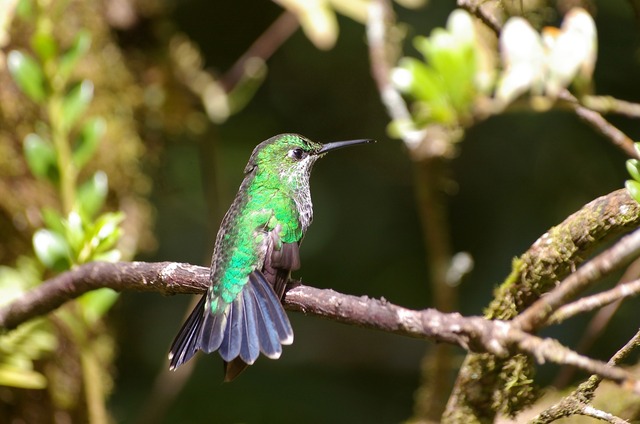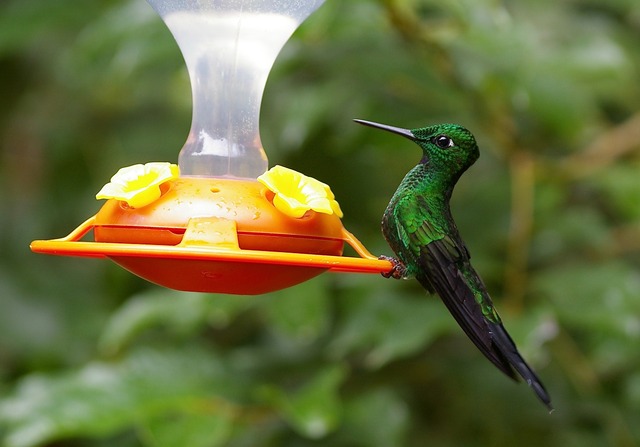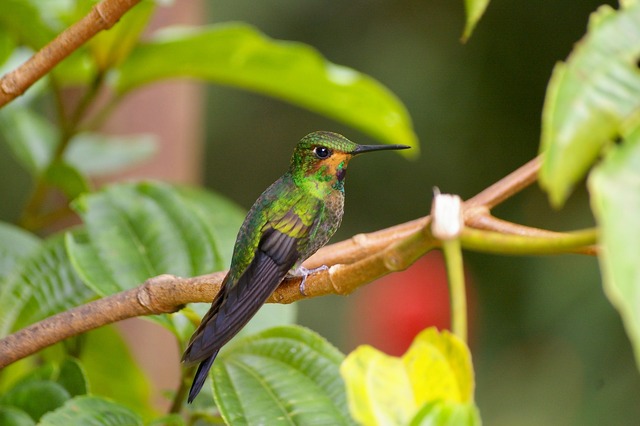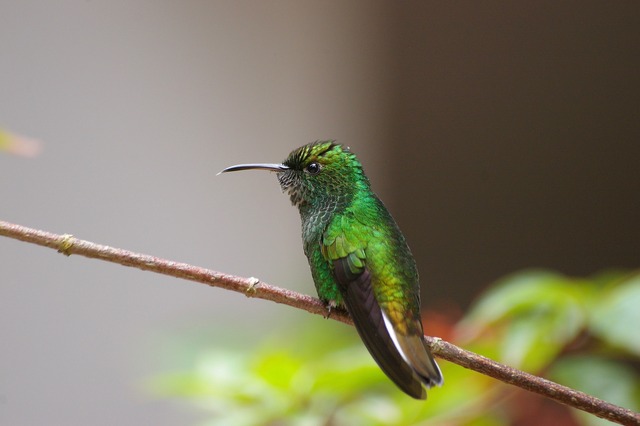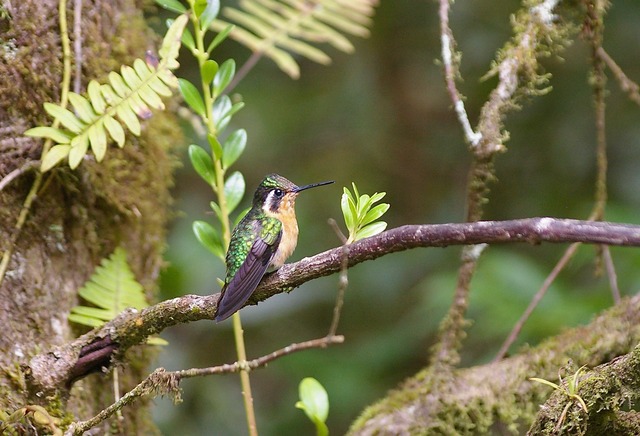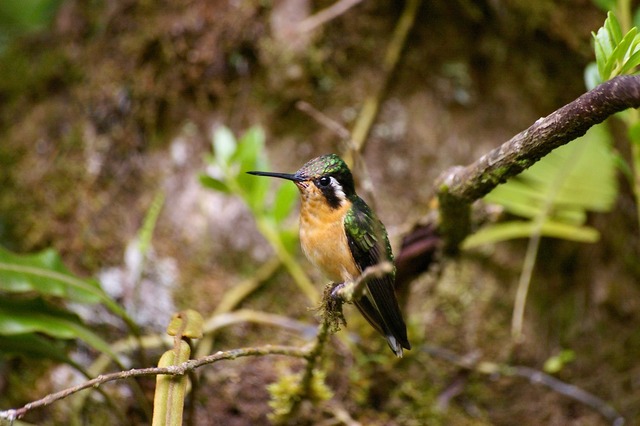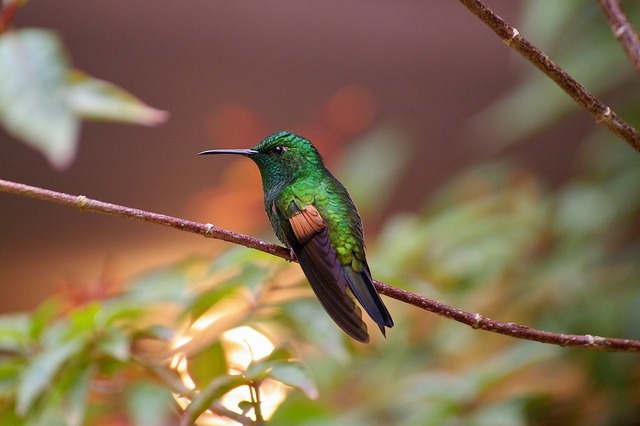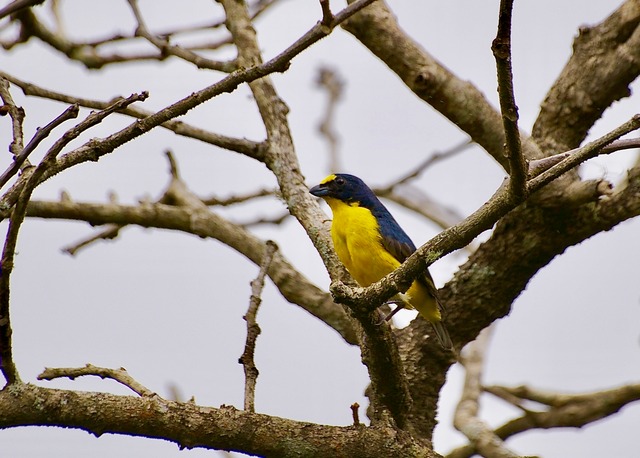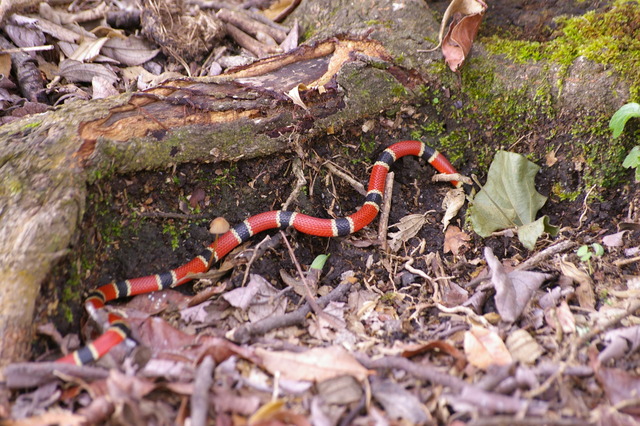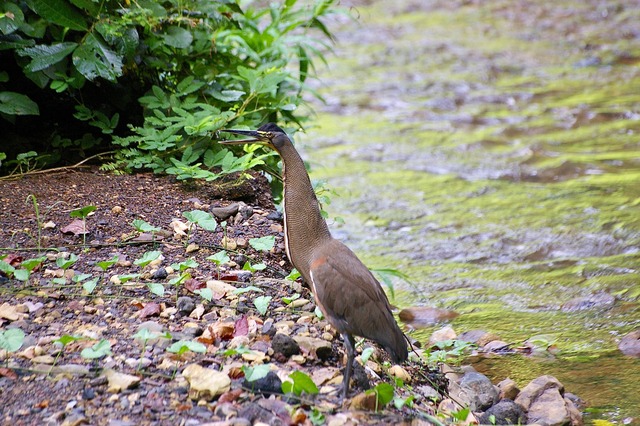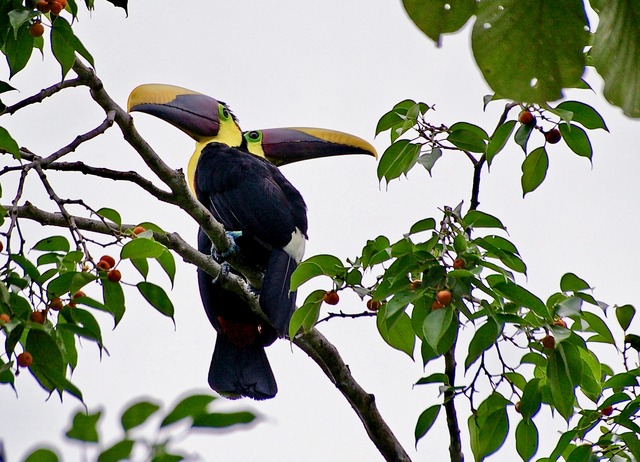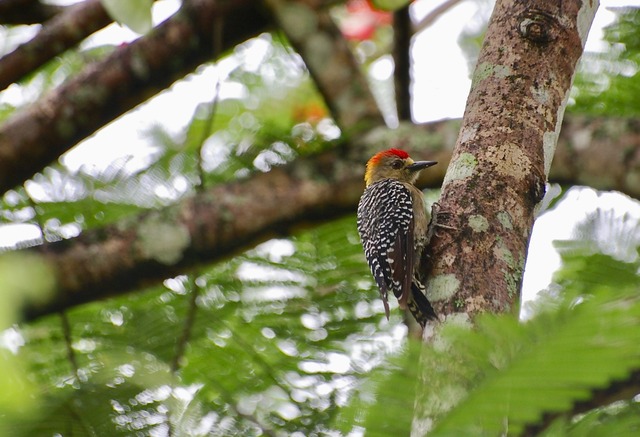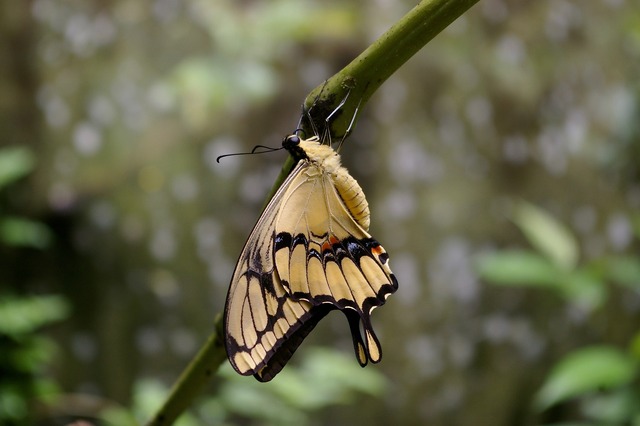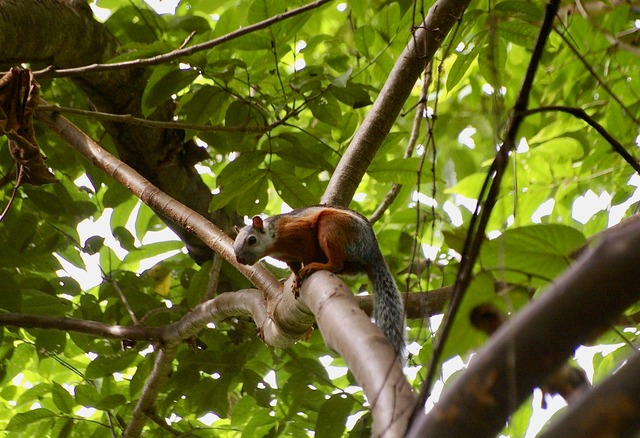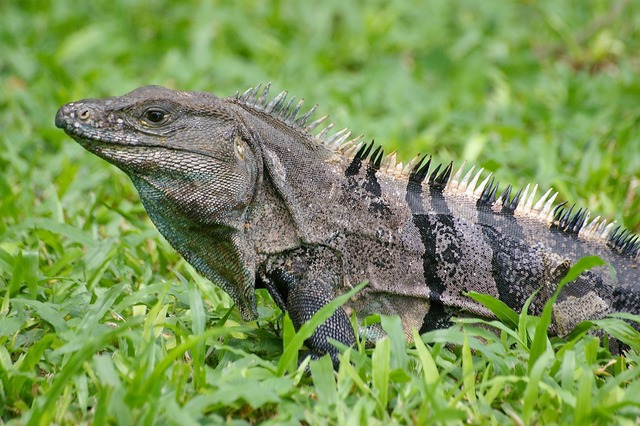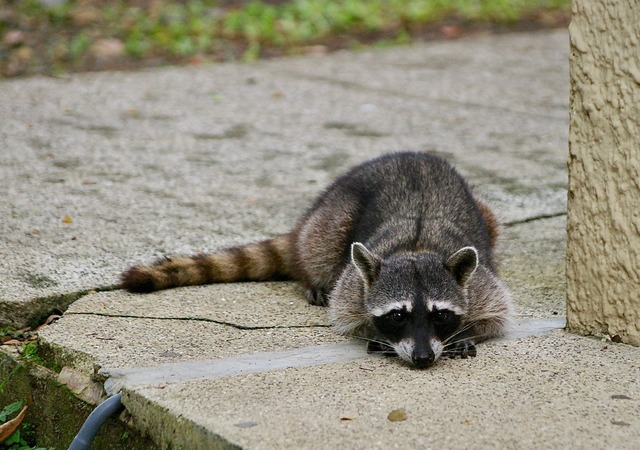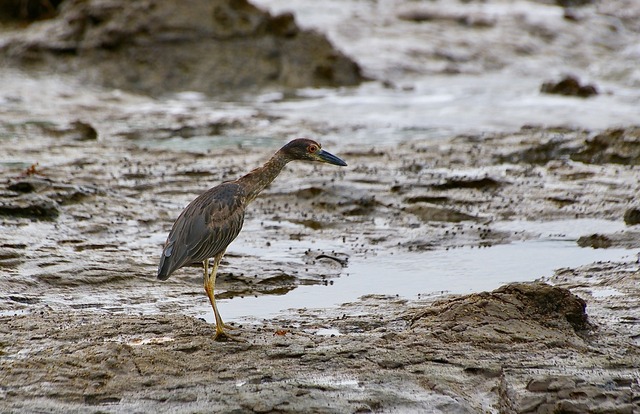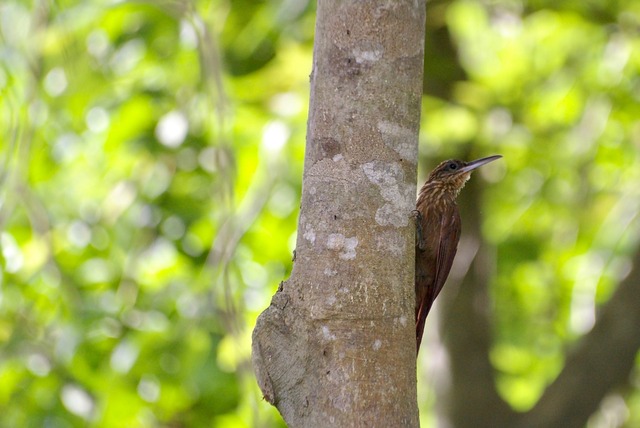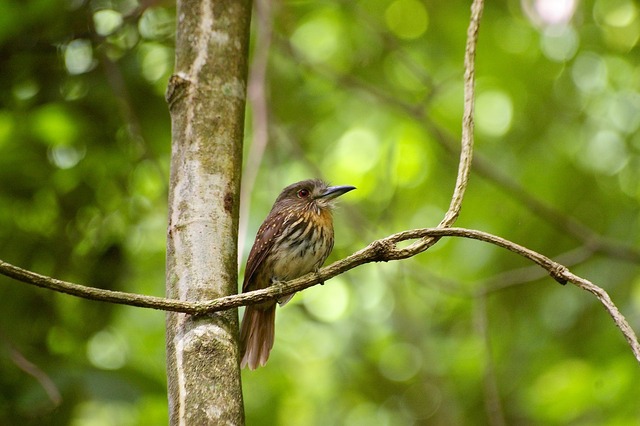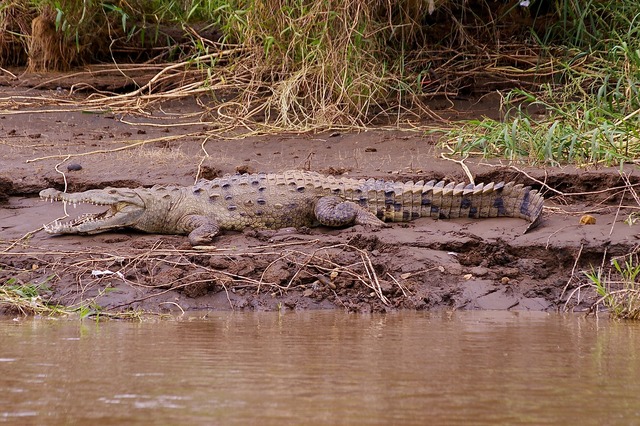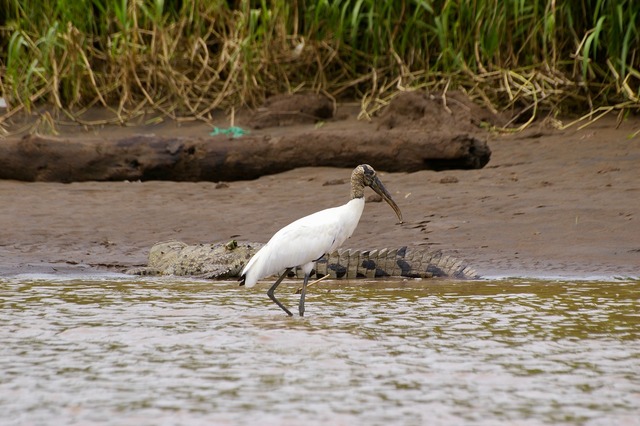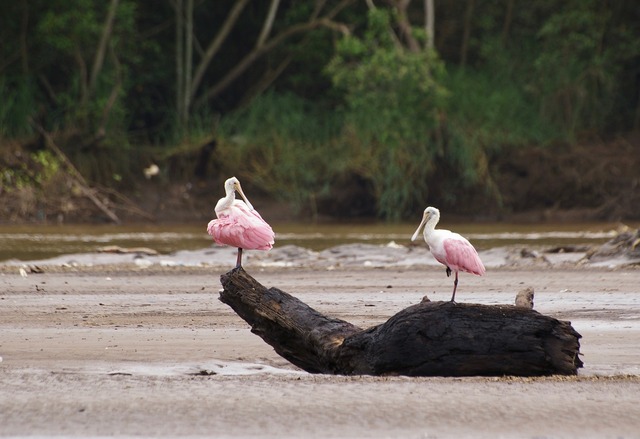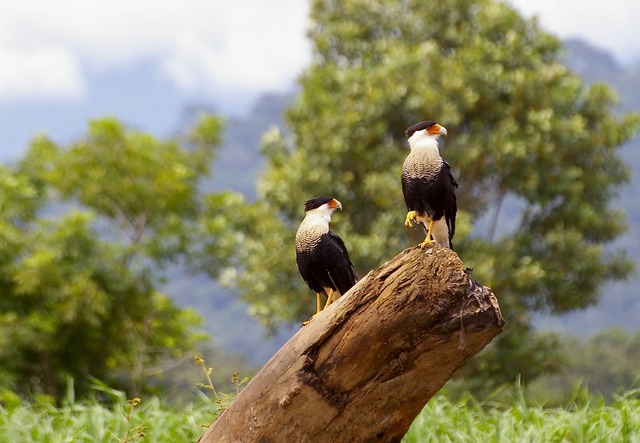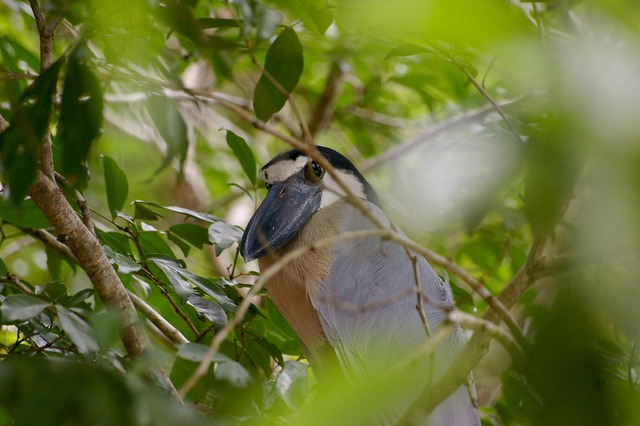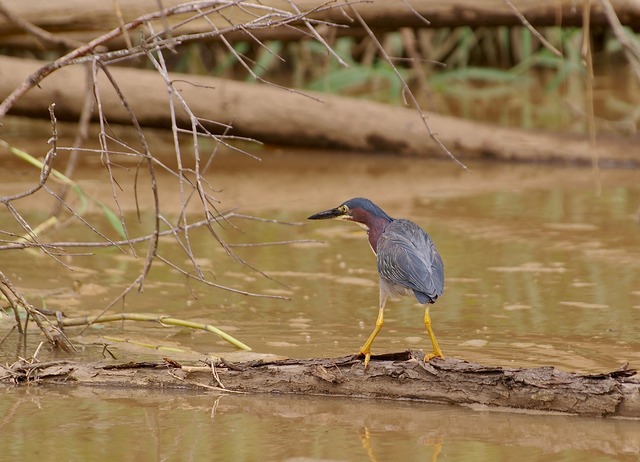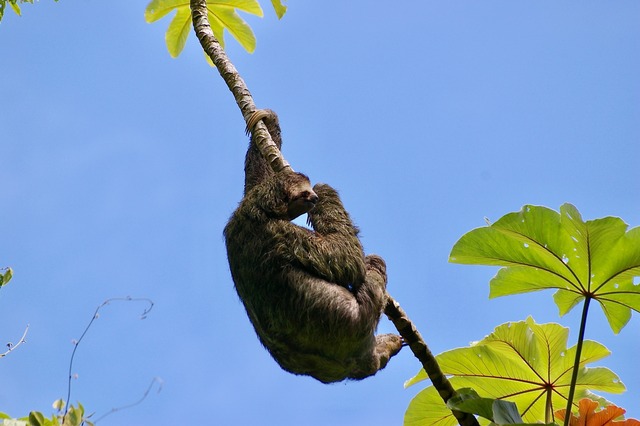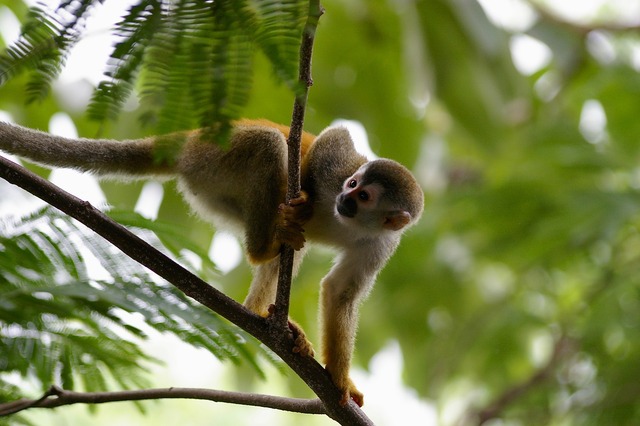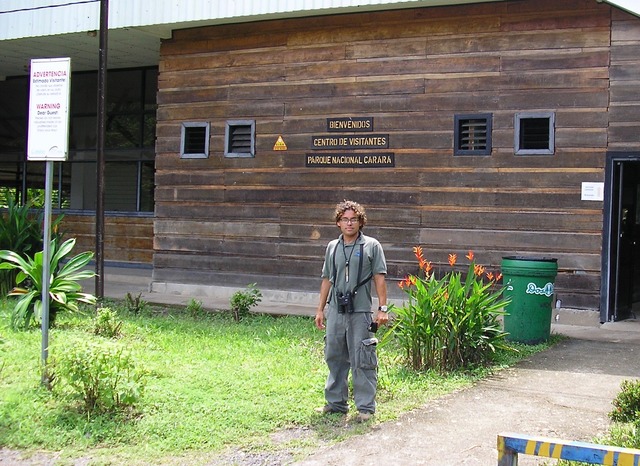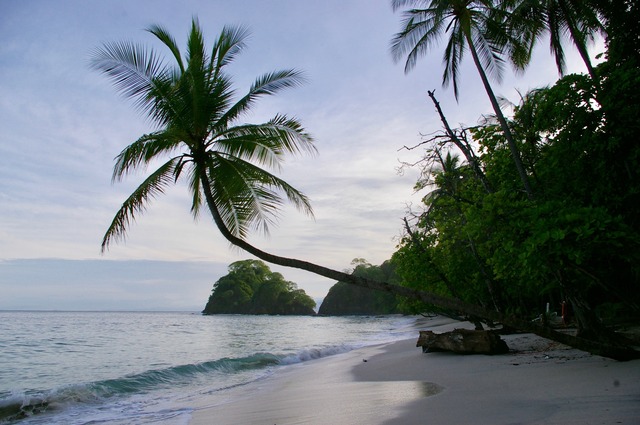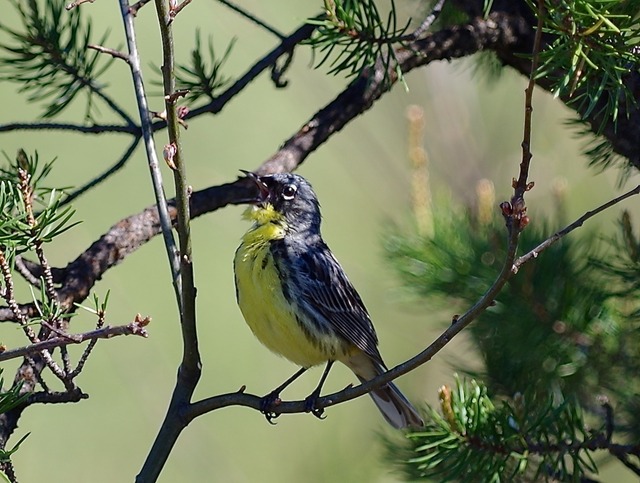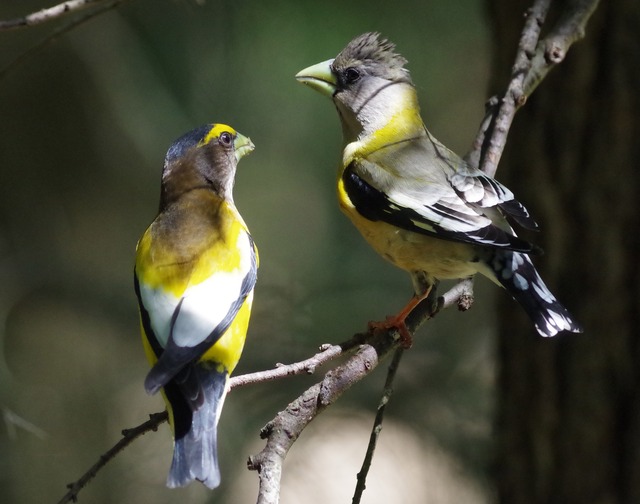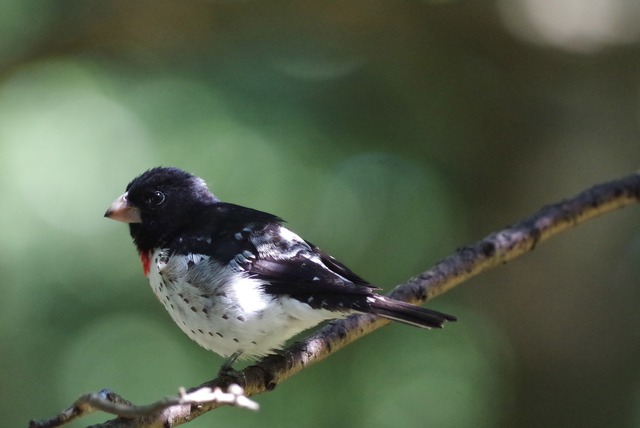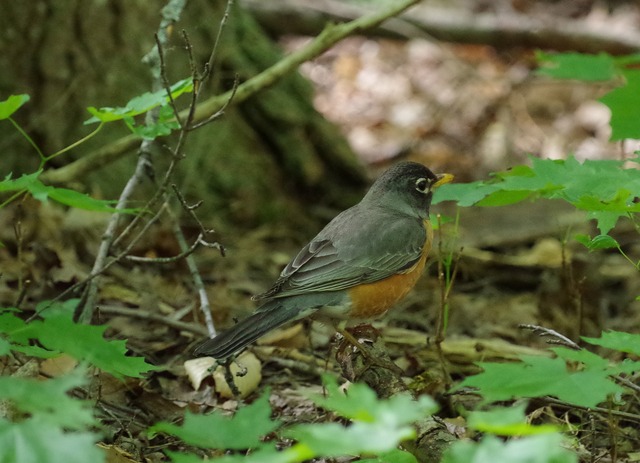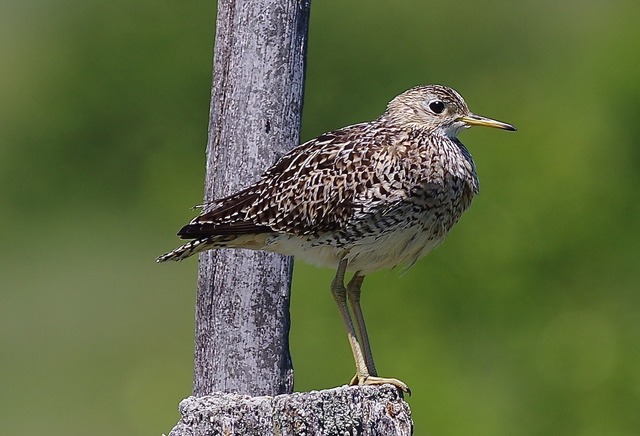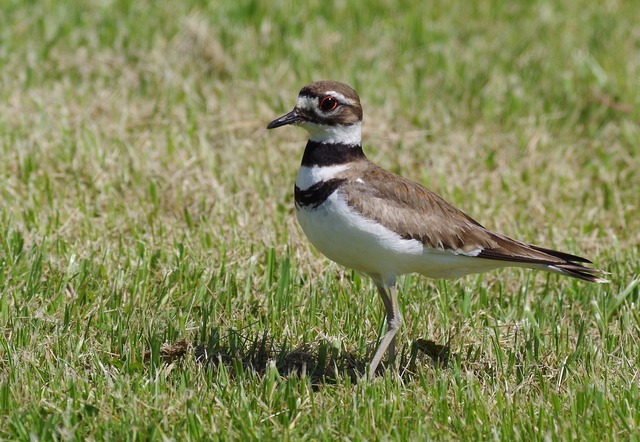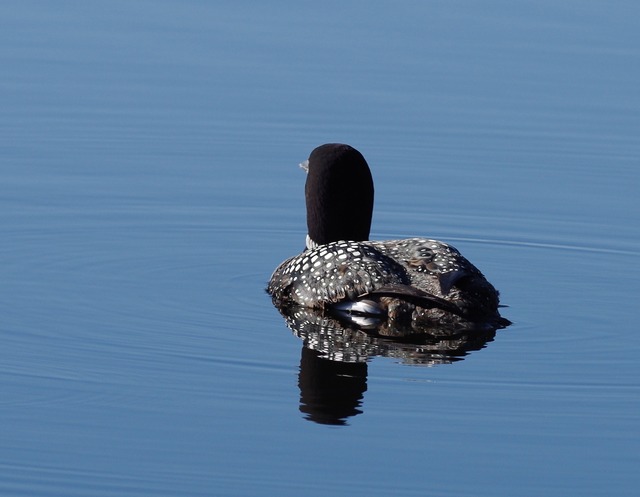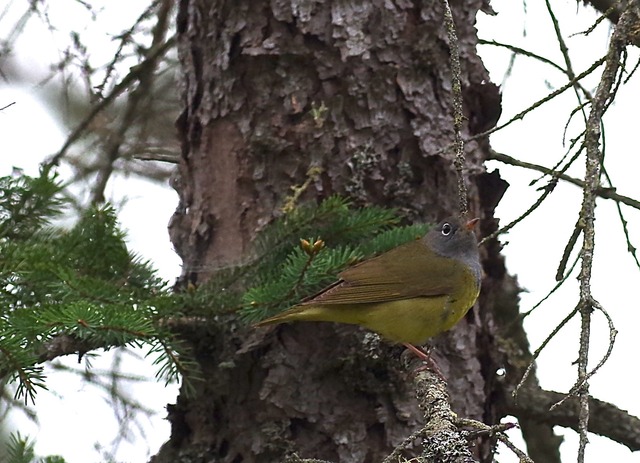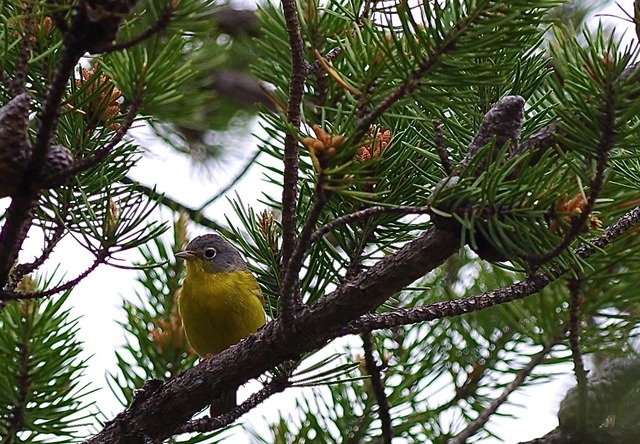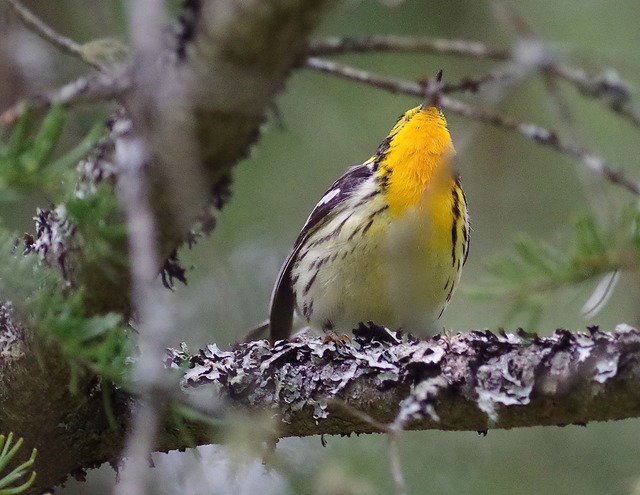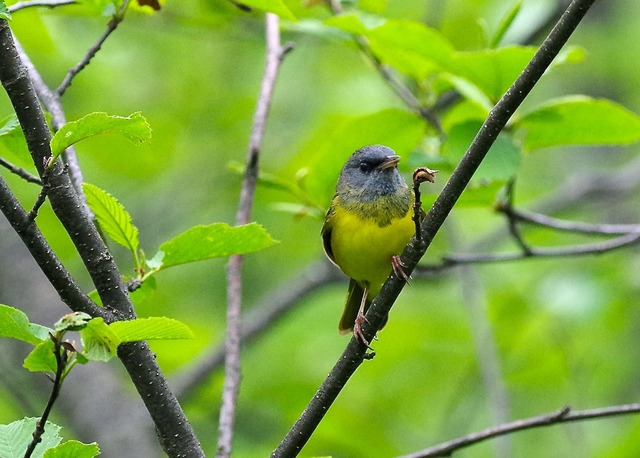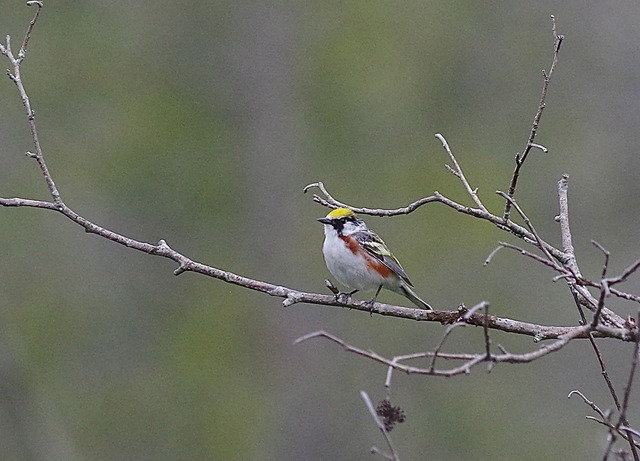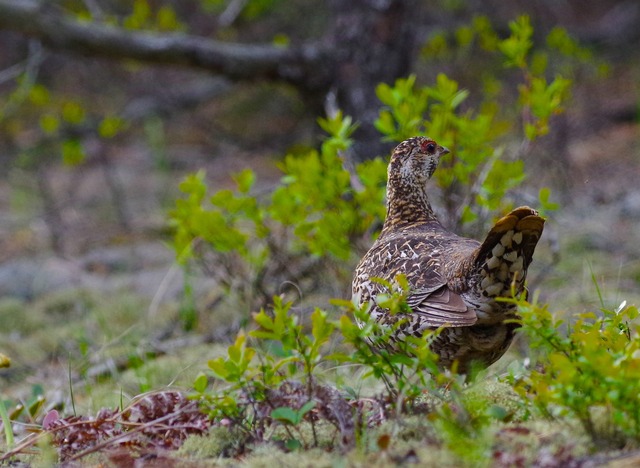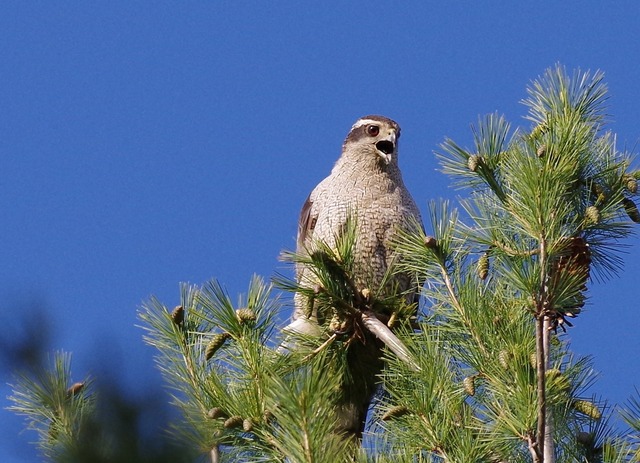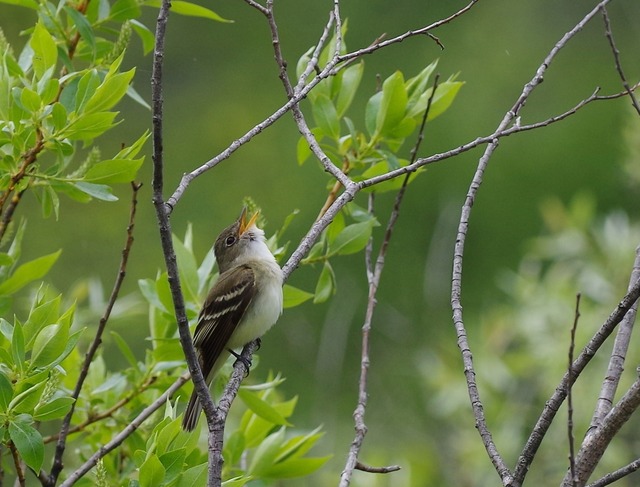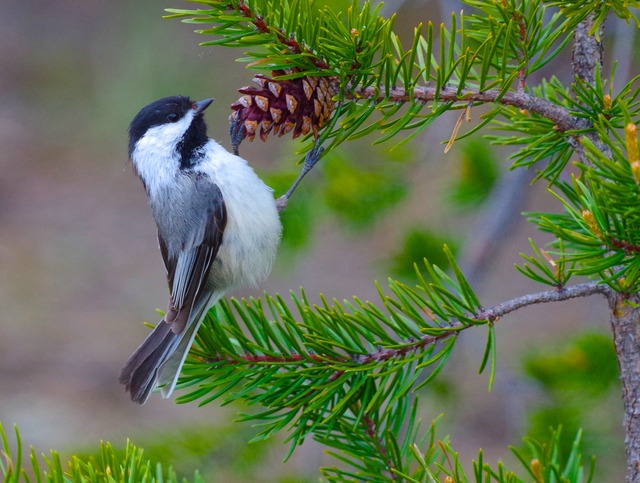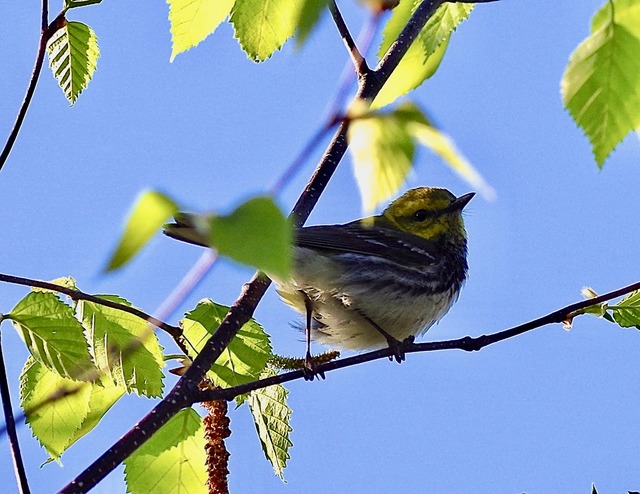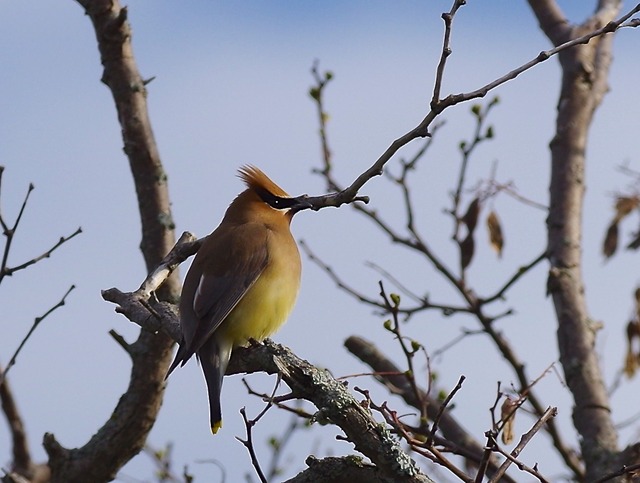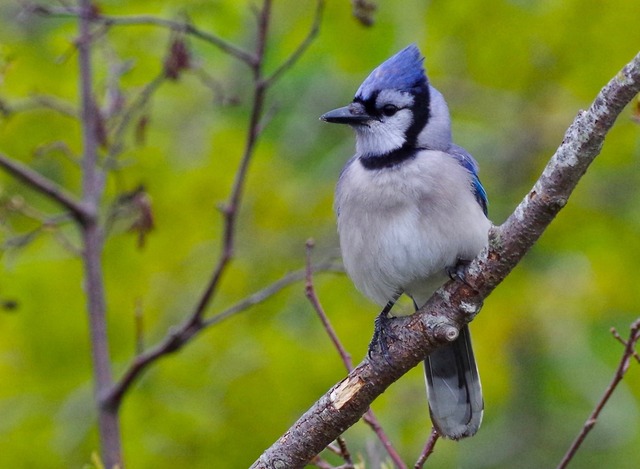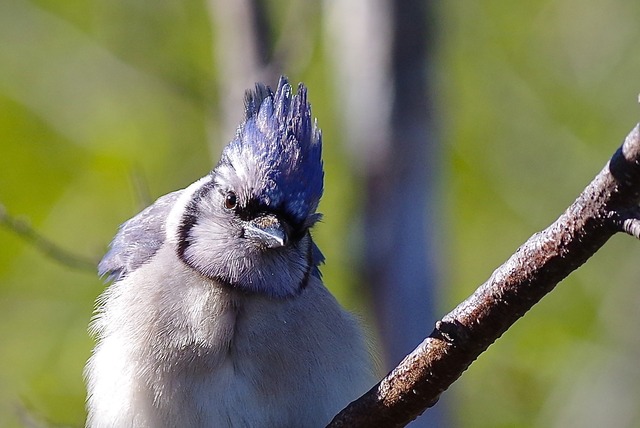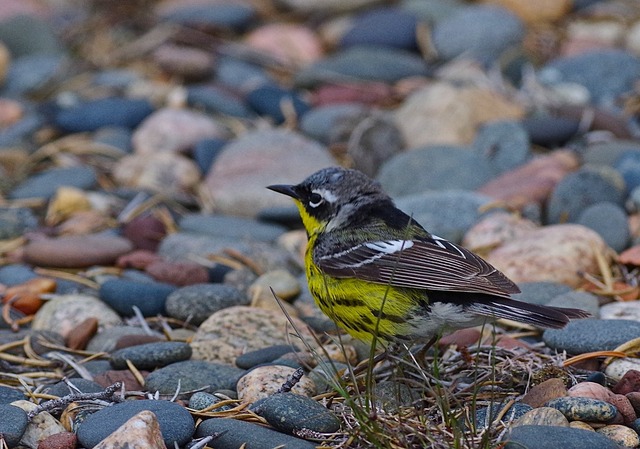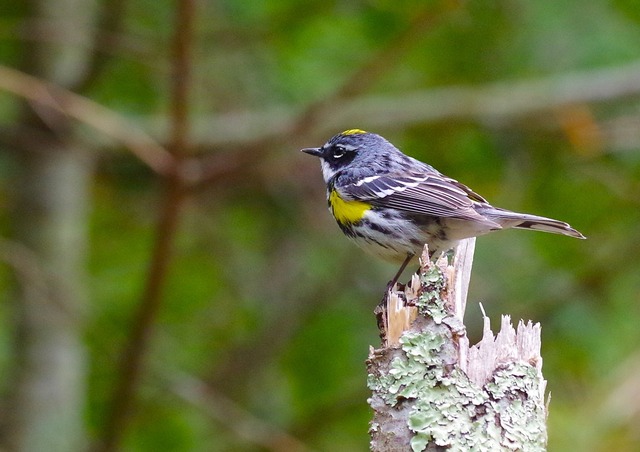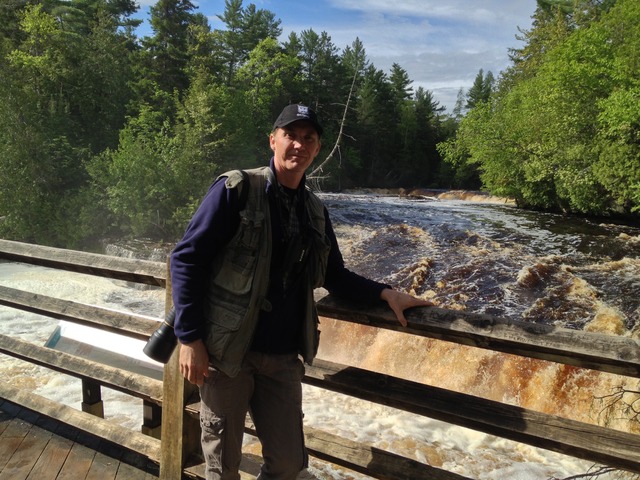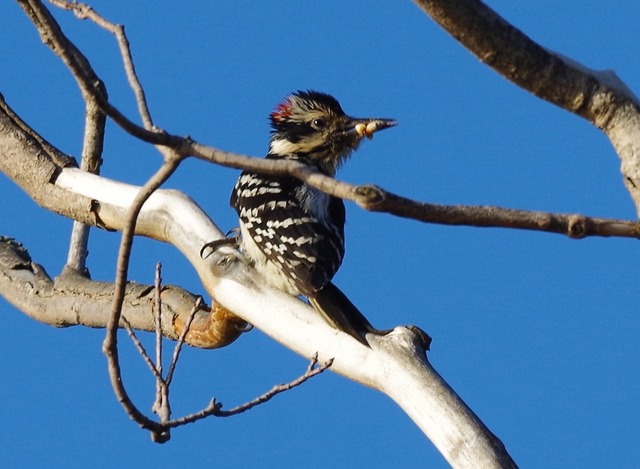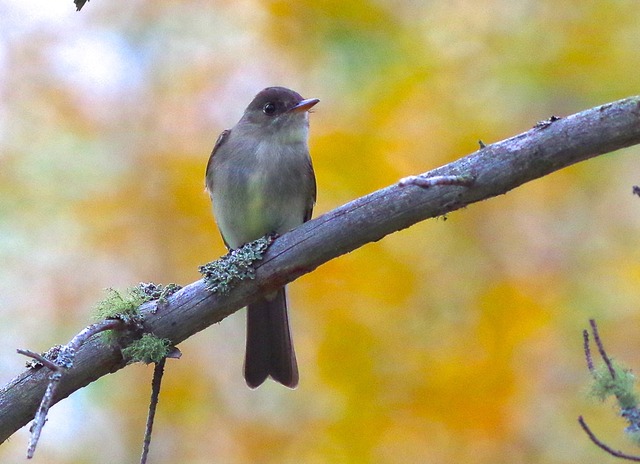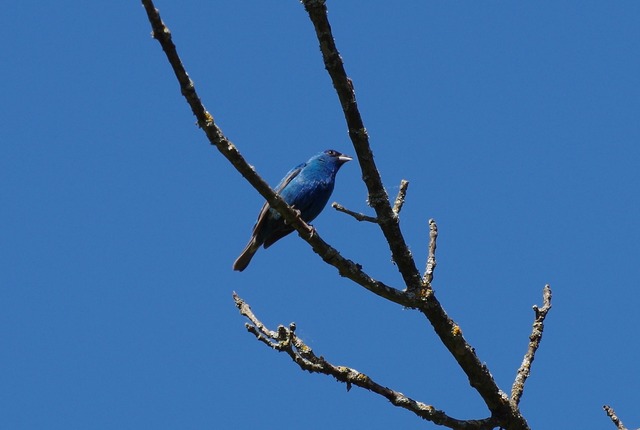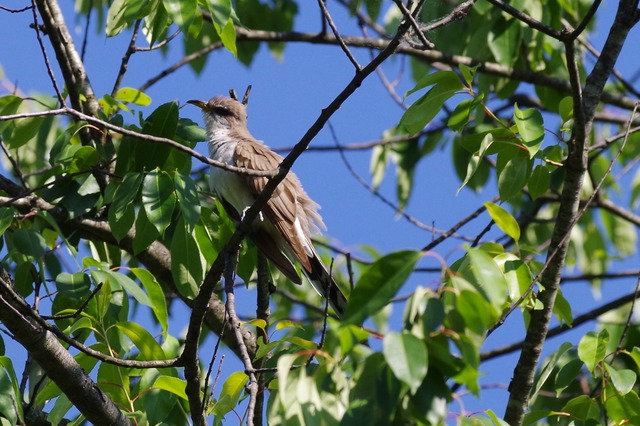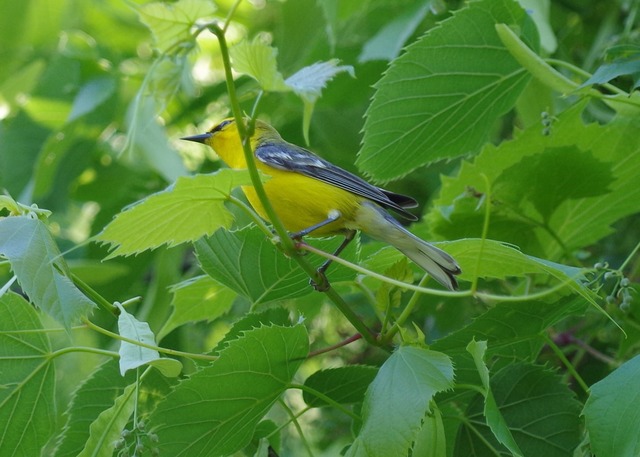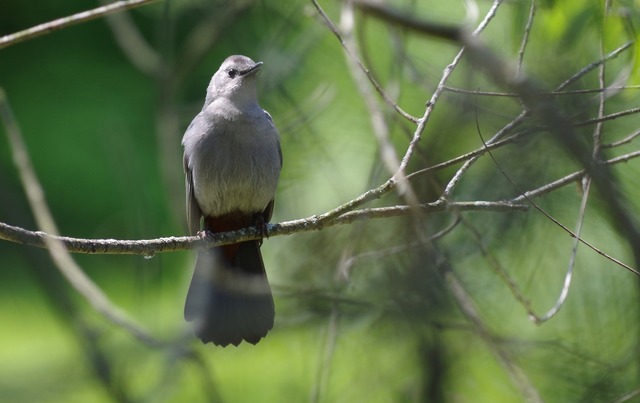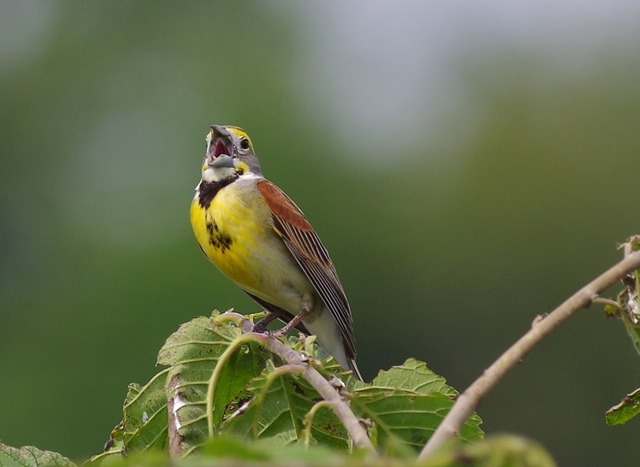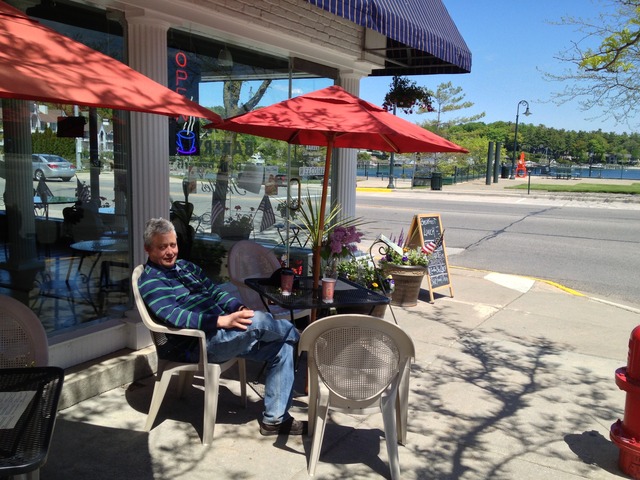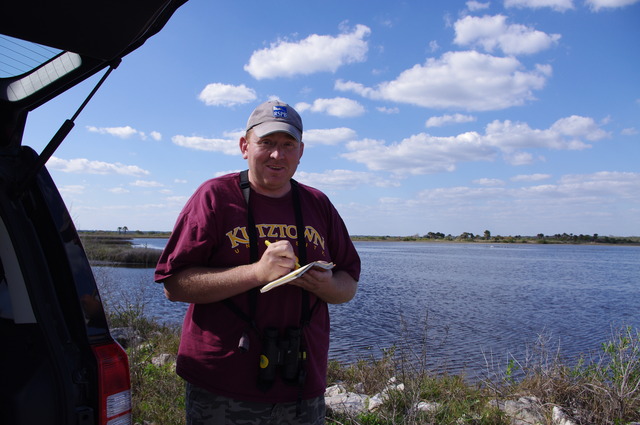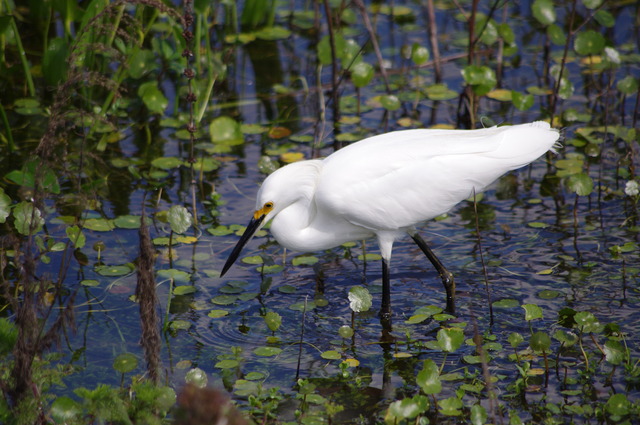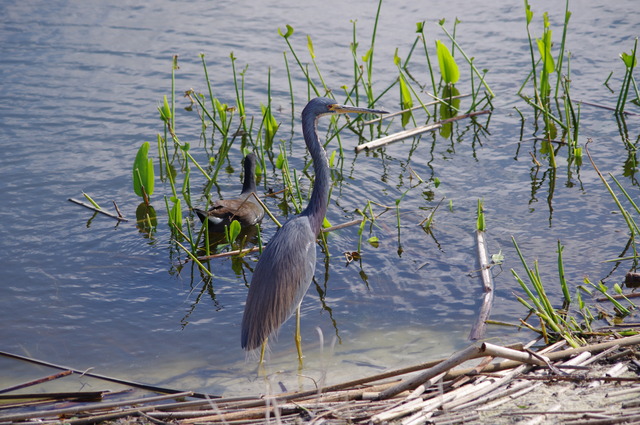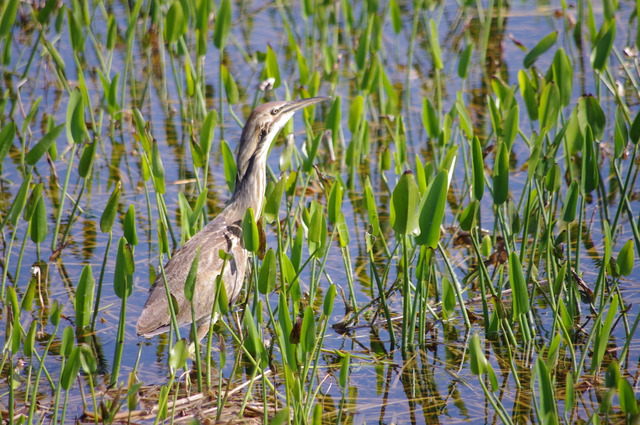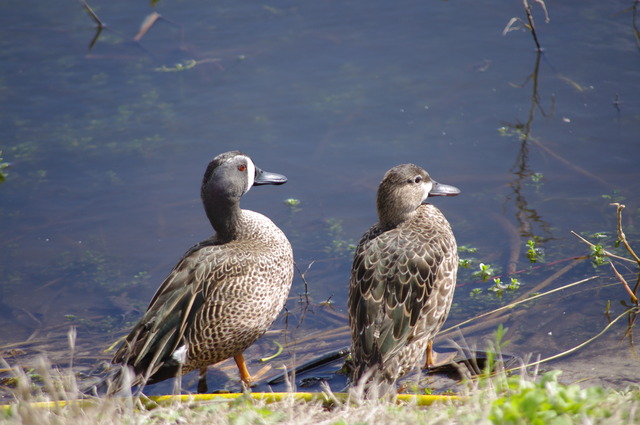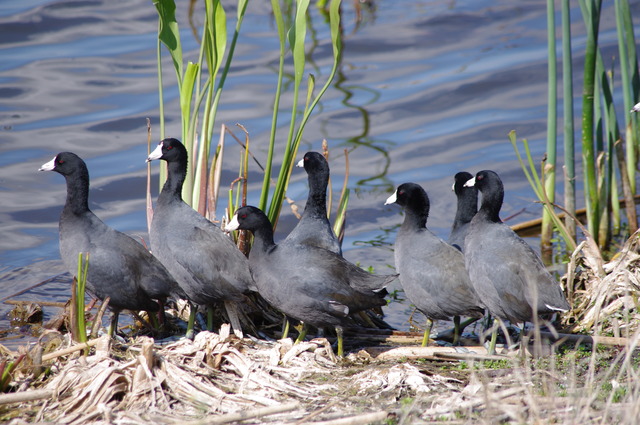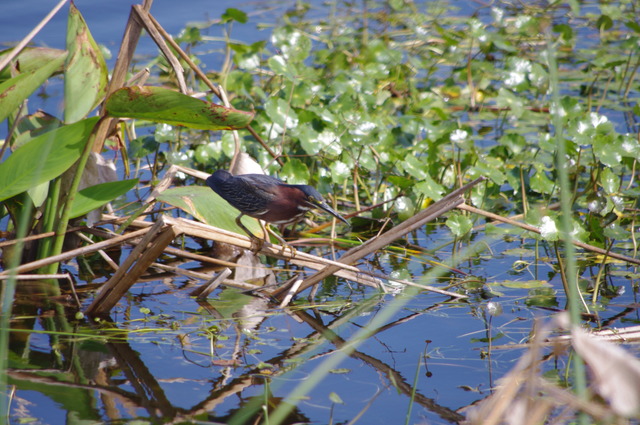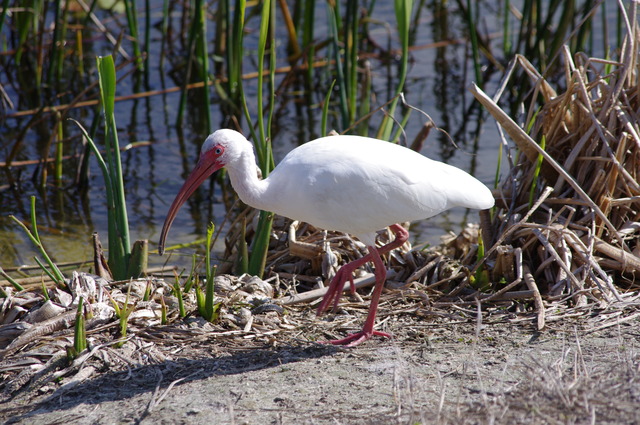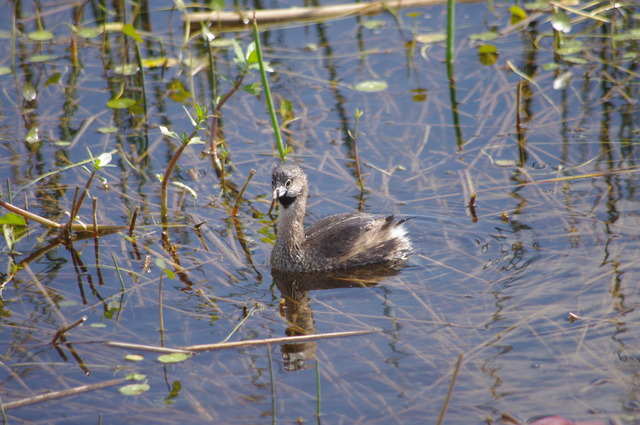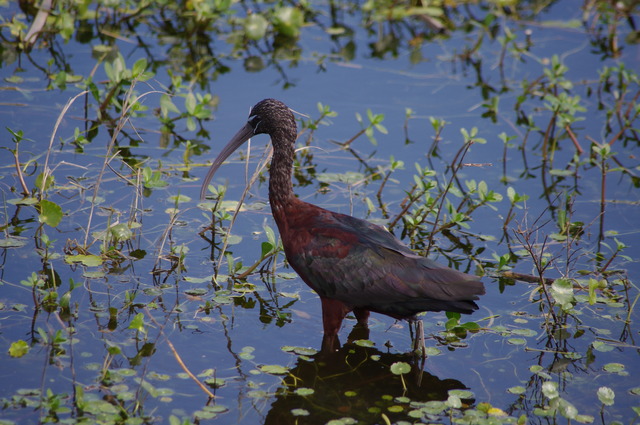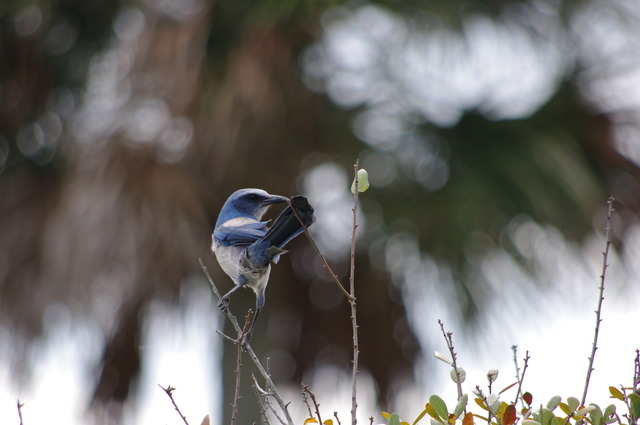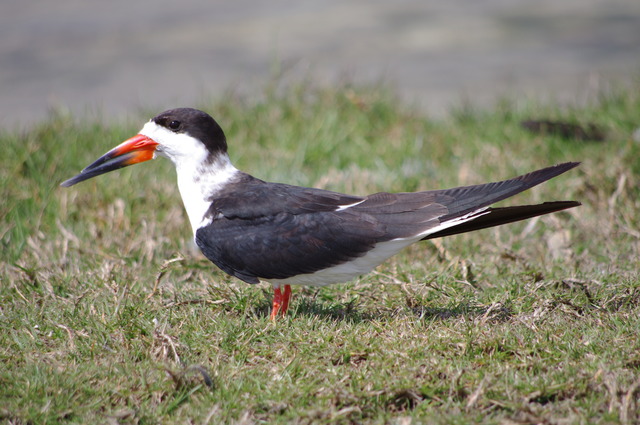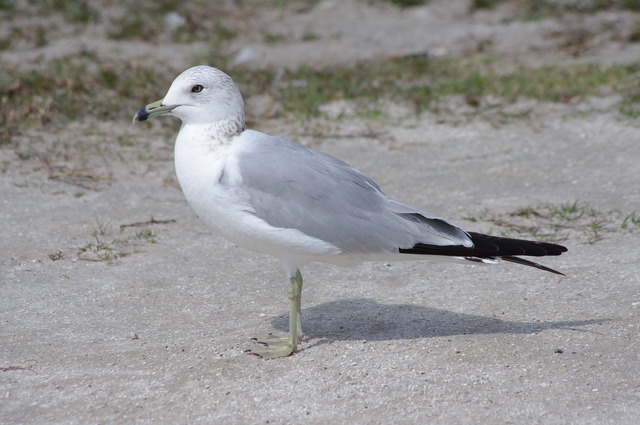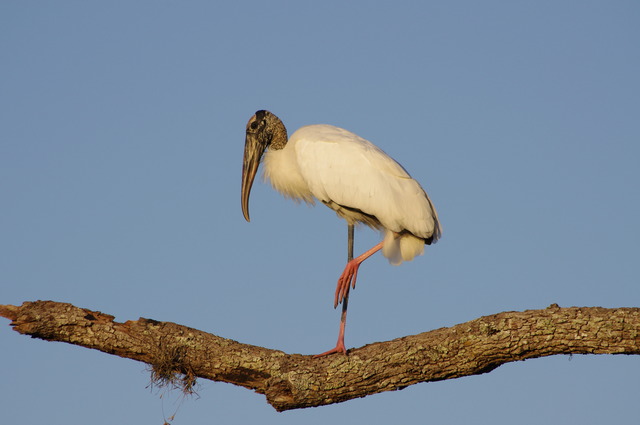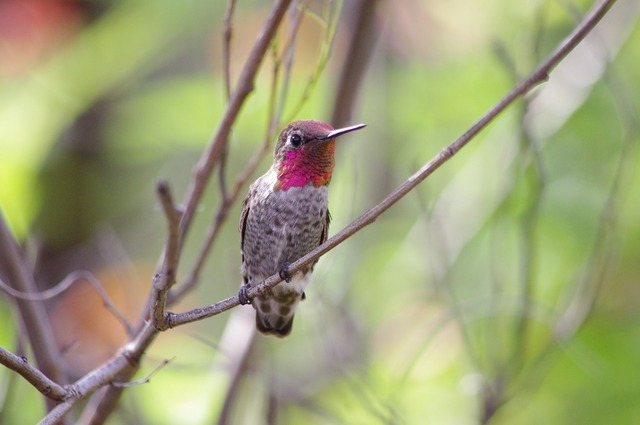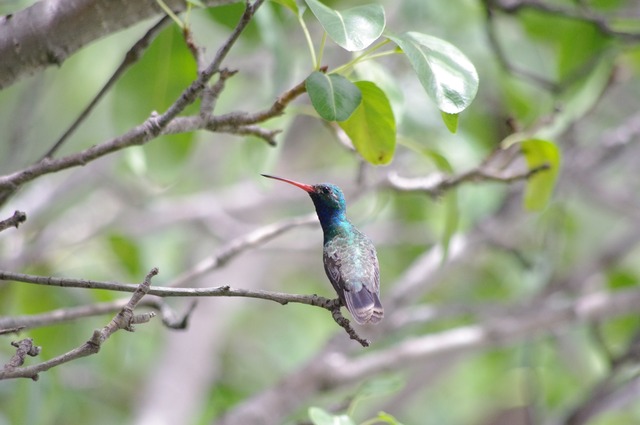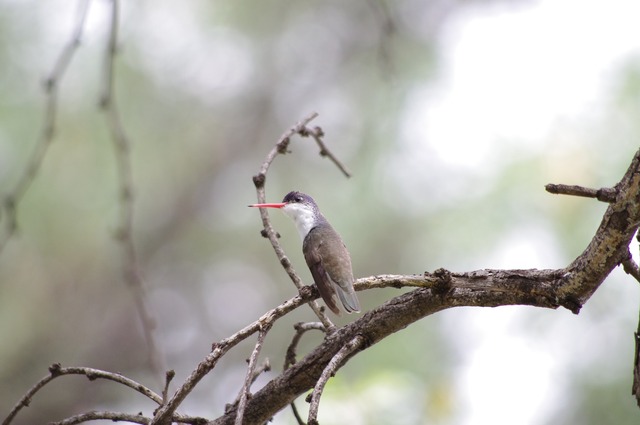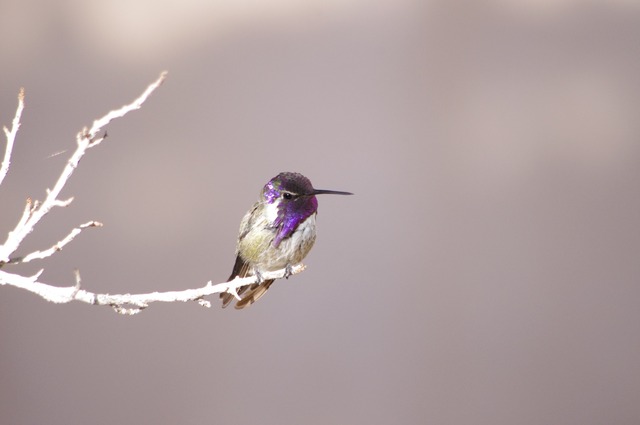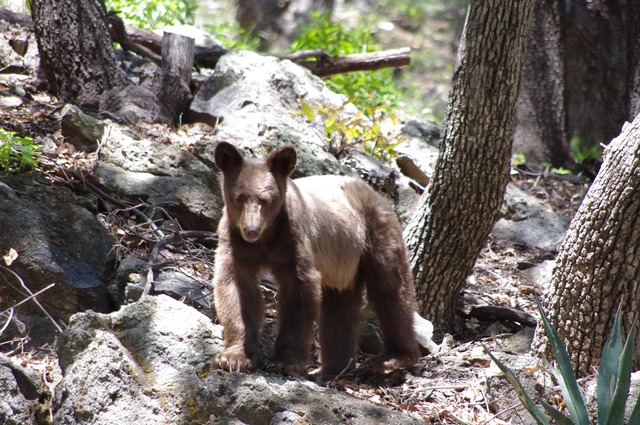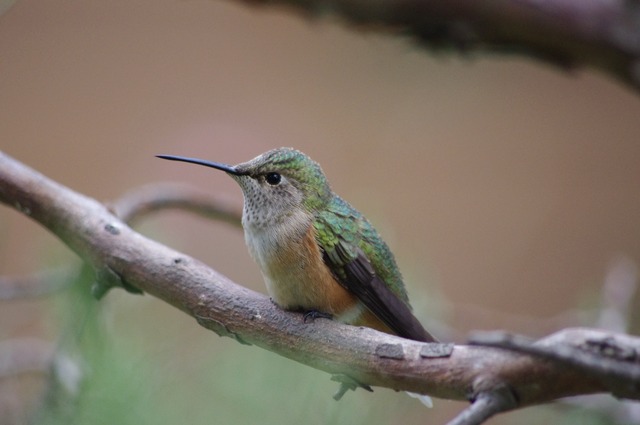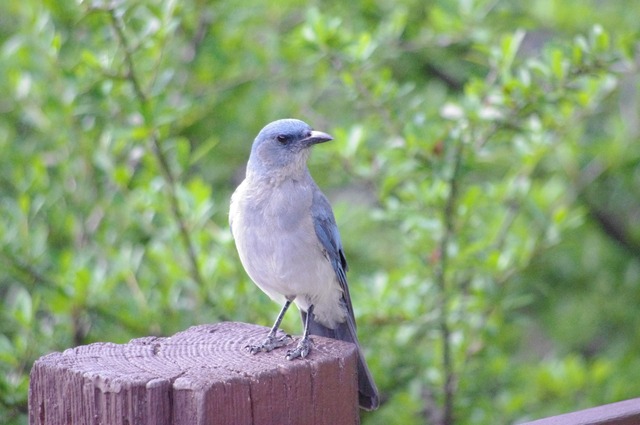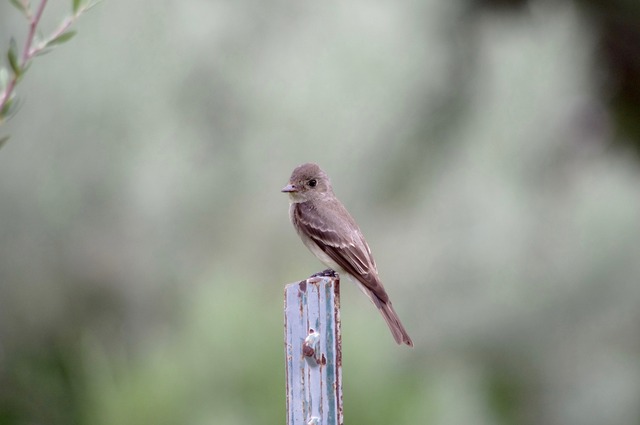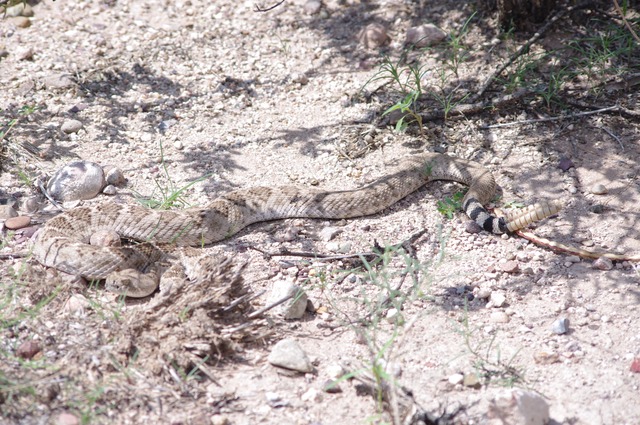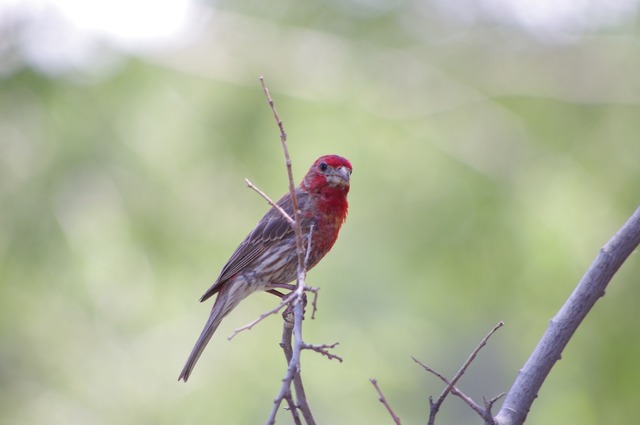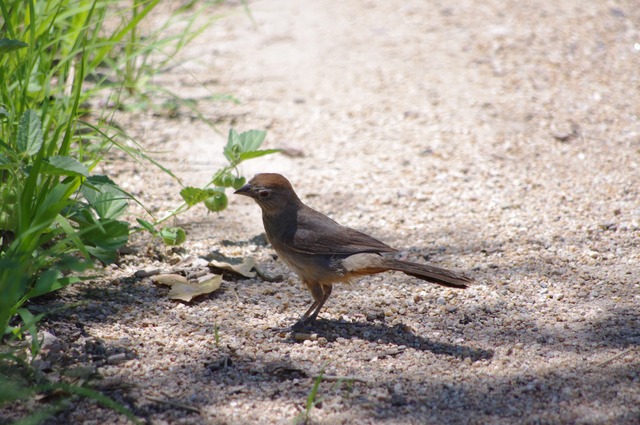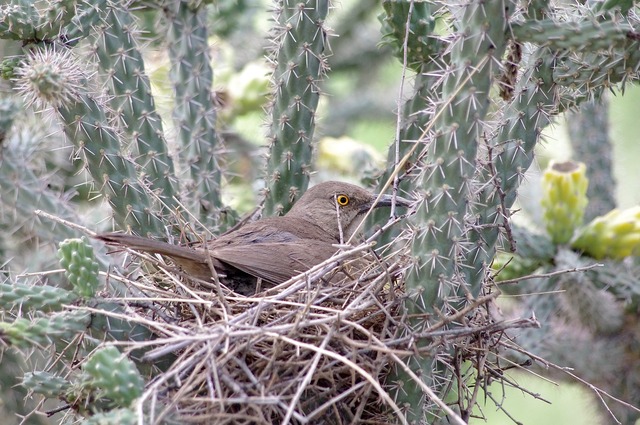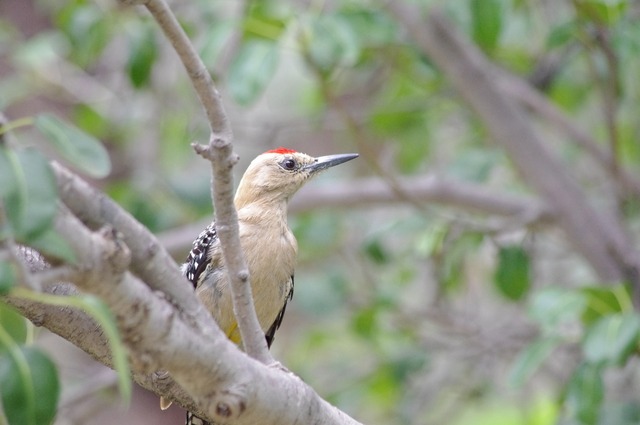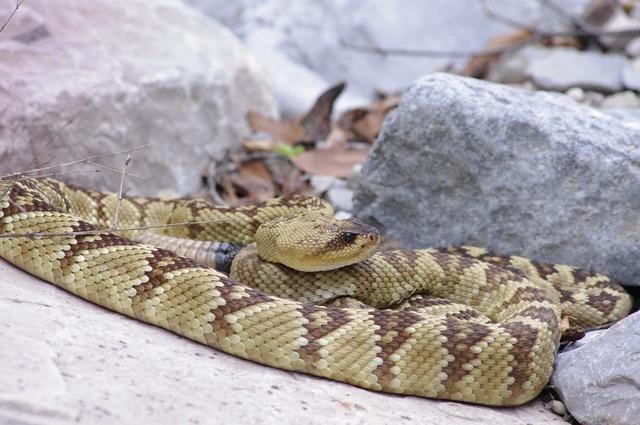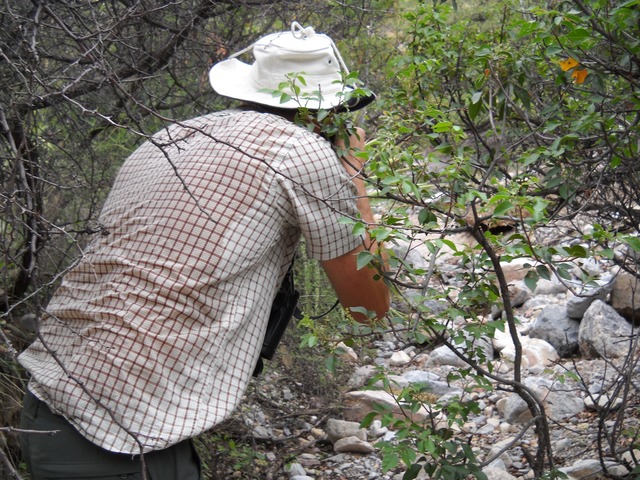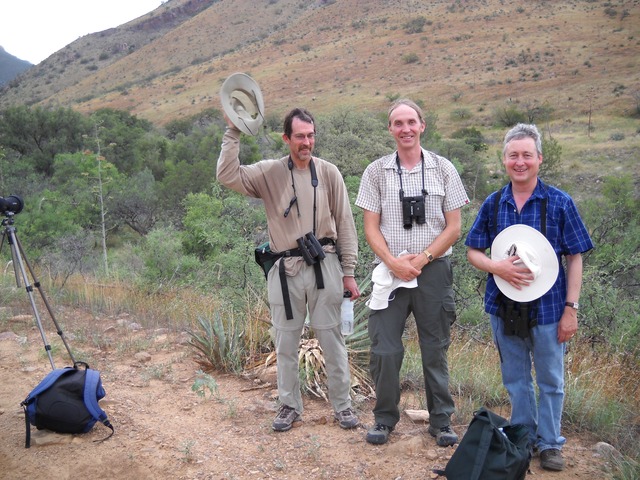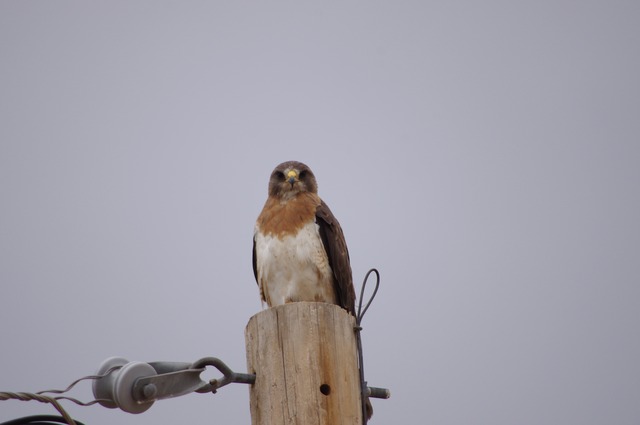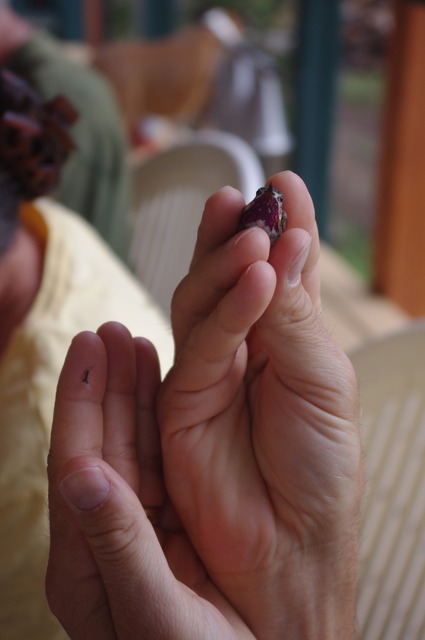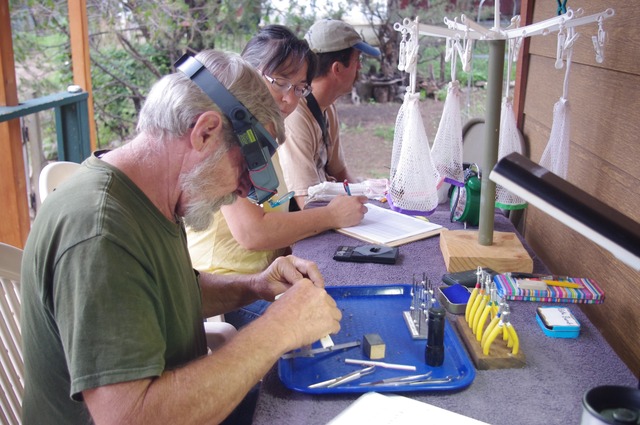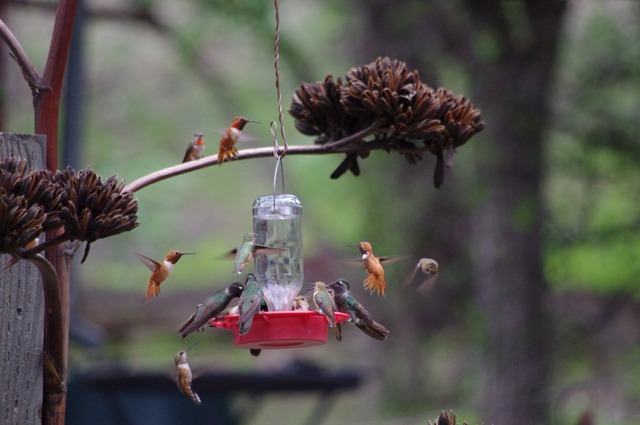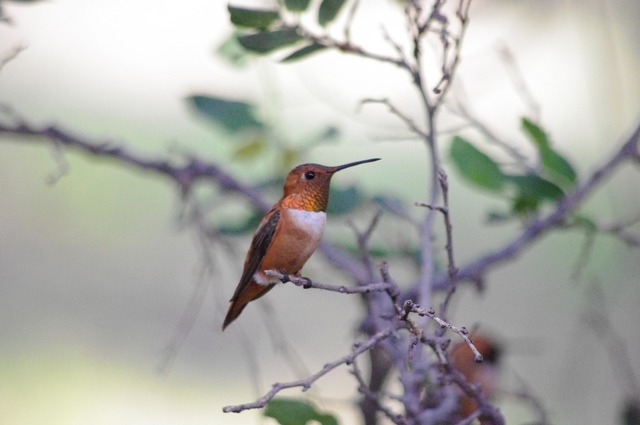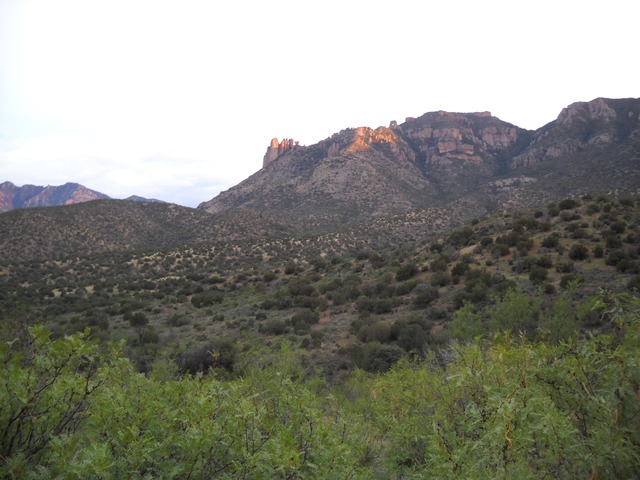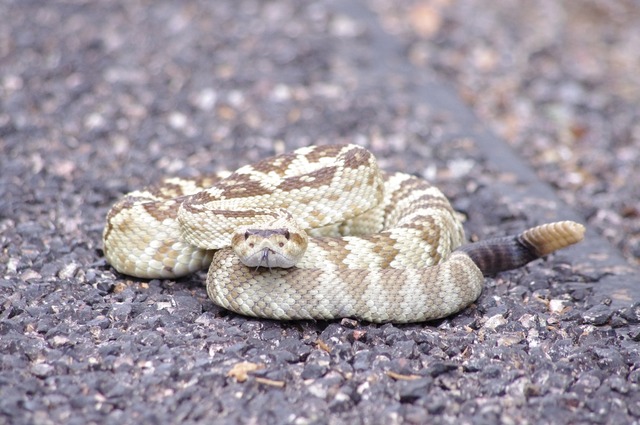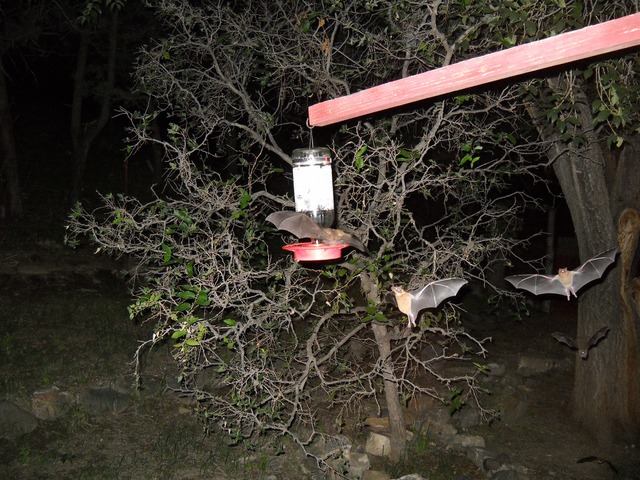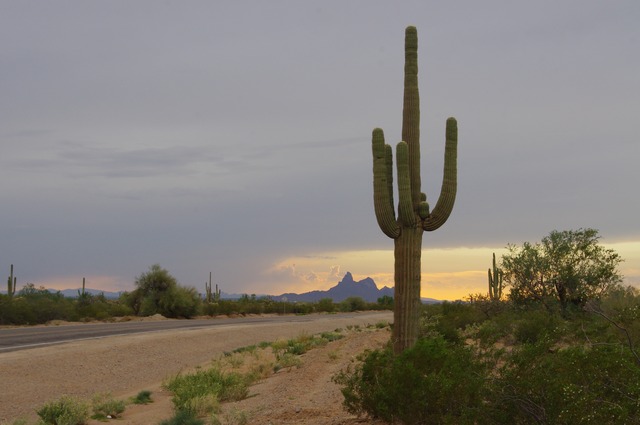Leif Rydell
United Arab Emirates 12 & 14
This blog gives you an idea of what to expect if you travel to this small but very friendly and diverse country. The cities of Dubai and Abu Dhabi are ultra modern and give people lots of opportunities of shopping, entertainment and the tallest building in the world, the 830 meters high Burj Al Khalifa which can be seen on the picture below. This country is also very beautiful and the beaches and desert areas are just great (which I think not many visitors have realized). I´ve been here twice, 2012 and 2014 and seen both cities but also traveled outside these to the city of Al Ain, the mountain at Jabel Hafeet and to the very beautiful desert around Liwa. Liwa is actually the easiest place on earth to visit great (red) sand dunes. A few nights we stayed close to Dubai airport and the views from the hotel roof was very impressive.
When we drove out to Al Ain and stayed at a hotel at the top of Jabel Hafeet and the vistas from here were also beautiful but in an other way. Here you can see the border to Oman on the left and my birding area here to the right.
In this desert like habitat I saw the very much sought after Desert Warbler and some Wheatears. A little bit to the right at the photo above is the very good birding area of Green Mubazzarah. Here they have made a garden like recreation area which attracts lots of birds. Here I saw 3 different species of Wheatears. This male of Hume´s Wheatear and also the picture with the same bird together with a Red-tailed Wheatear.
Also reliable here is the Blue Rock Thrush, here a (brown) female.
Where the grass was plentiful you will easily see birds like Hoopoe, Indian Roller and the Red-wattled Lapwing.
At the stony slopes I found a family of Desert Larks which has a good look despite it lacks colors.
This is how it looks from the other side.
If you continue to the "top" of Jabel Hafeet you will come to a big parking area with a restaurant. Here is a good spot to see the Striolated Bunting as well as the Egyptian Vulture if you look up instead of on the ground.
As I´m also an avid golfer I often try to visit some courses during my trips. Actually you sometimes see birds at the golf courses that might be quite difficult to see elsewhere. Here you can see Greater Flamingos, Socotra Cormorant, Egyptian Goose and Common Sandpiper which were easily seen at the famous Abu Dhabi Golf Course.
At the golf course at Al Ain I had to jump out of the buggy and take a photo of this "classic beauty" Isabelle Wheatear.
In Abu Dhabi I had a good and unusual experience. I played some golf at the "sand course" Al Ghazal, which is close to the airport and here I again saw some very nice birds like this quite difficult Crested Honey Buzzard as well as the common White-eared Bulbul and the awesome Green Bee-eater.
Easily seen in some parks was this Grey Francolin as well as the abundant Chukar Partridge.
As I drove into the more sandy and desert-like habitats I saw many Crested Larks as well as as this cute Camel at a local festival.
If you are interested in nature at all, make sure you take some routes outside the famous city areas and experience some nice views like this sand dunes close to Lisa Desert.
A country of many images, go there if you can!
Birds seen on both trips.
Birds
- Egyptian Goose . Quitecommon at Abu Dhabi golf course.
- Mallard. Quite common
- Northern Shoveler. 3 at Al Ain golf course.
- Green-winged Teal. & at Al Ain golf course.
- Chukar. 3 birds in the surroundings of Mercure hotel.
- Gray Francolin. 1 bird only at Ras al Khaimah golf club.
- San Partridge. Common at golf courses, Green Mubazzarah and gardens.
- Little Grebe. 3 birds Al ain golf club and 4 at Abu Dhabi GC.
- Greater Flamingo. Several hundreds seen along the coast but also seen at Abu Dhabi GC.
- Seen both at the coast in smaller numbers but also at some golf courses.
- Grey Heron. Not uncommon.
- Little Egret. A few single birds seen at some golf courses.
- Western reef Heron. Not uncommon along the coast.
- Cattle Egret. 5 at Al Ain golf club.
- Striated Heron. One bird at the harbor of Abu Dhabi.
- Black-crowned Night Heron. 4 birds at Al Ain golf course.
- Sacred Ibis. One single bird at one of the shores I stoped at.
- Egyptian Vulture. 2-3 birds seen at the top of Hafeet Mountain.
- Oriental Honey Buzzard. I was lucky to see one bird well at Al Ghazal golf club when it came soaring low over me.
- Steppe Eagle. 2 birds. One at Al Ghaxal golf course and one at Al Wathba water treatment.
- Eurasian March-Harrier. One close to Ras al Khaimah and one at Abu Dhabi GC.
- Sparrowhawk. Just one seen Ras al Khaimah.
- Eu. Moorhen. A few in ponds at golfcourses.
- Eu. Coot. Same as above.
- Red-wattled Lapwing. Common at golf courses. Also at Green Mubazzarah.
- Black-bellied Plover. +10 along the shores.
- Pacific Golden-Plover. A flock of 15 next to Al Ghazal Golg course.
- Lesser Sand-plover. Common along the shores.
- Greater Sand-plover. Just a few identified. Probably common as I saw thousands of plovers at a far distance.
- Kentish Plover. Common.
- Common Ringed Plover. A few single birds spread out.
- Crab Plover. Totally 7 birds seen at to different stops along the coast.
- Eu. Oystercatcher. +10 birds throughout.
- Terek Sanpiper. About 10 birds identified.
- Black-winged Stilt. Quite common at the golf courses.
- Common Sandpiper. A few birds at many locations.
- Green Sanpiper. 1 single bird identified.
- Common Greeshank. A few birds throughout.
- Common Redshank. Quite common.
- Marsh Sanpiper. Just one bird identified.
- Whimbrel. 2 birds identified.
- Eu. Curlew. Common.
- Bar-tailed Godwit. Quite common.
- Ruddy Turnstone. +15 birds seen.
- Little Stint. 2 birds identified.
- Dunlin. +100 birds seen.
- Slender-billed Gull. 3 seen at a stop at abeach.
- Pallas´s Gull. Eventually and very surprisingly I saw one bird at a lake at Al Ain golf course.
- Caspian Gull. A few birds identified. Probably overlooked.
- Gull-billed Tern. A few birds throughout the shore.
- Black-headed Gull. Very common.
- Whiskered Tern. Likes golf couses where I saw + 20 in total.
- Great Crested Tern. 3 birds seen at the shore of Ras al Khaimah.
- Rock Pigeon. Yes.
- Eu. Collared-Dove. Common.
- Laughing Dove. Common.
- Pallid Swift. Not uncommon.
- Green Bee-eater. A few birds at every golf course. A few at Green Mubazzarah.
- Indian Roller. Prefers golf courses and Green Mubazzarah.
- Eurasian Hoopoe. As with the Bee-eater and the Roller.
- Eu. Kestrel. A few single birds throughout.
- Rose-ringed Parakeet. A few flocks around Abu Dhabi.
- Southern Grey Shrike. Again, golf courses and Green Mubazzarah. Also Dubai investment park.
- Masked Shrike. One bird seen close to Dubai investment park.
- House Crow. Common.
- Desert Lark. A flock of 10 was around Green Mubazzarah close to the gorge. My 2000th bird worldwide.
- Gr. Short-toed Lark. One bird seen close to the shore of Ras al Khaimah when I was scanning for waders.
- Crested Lark. Common in suitable habitat.
- Rock Martin. Seems to like swimming pools close to the city. Seen while swimming at 2 different hotels.
- Red-vented Bulbul. Uncommon, seen with a few birds at Green Mubazzarah and one single bird in tree close to the shore of Ras al Khaimah.
- White-spectacled Bulbul. Not uncommon at Green Mubazzarah.
- White-eared Bulbul. Very common. A characteristic bird of the country.
- Graceful Prinia. Not uncommon near reeds and in smaller bushes.
- Small Whitethroat. 2 birds seen at Green Mubazzarah.
- Asian Desert Warbler. A bird I really wanted to see. One eventually seen at sandy and bushy area next to Green Mubazzarah.
- Arabian babbler. A family of 5 seen at Green Mubazzarah.
- Bluethroat. I was quite surprised to see one at Al Ghazal golf course
- Black Redstart. Up to 6 birds seen around Mercure hotel. A few more seen throughout.
- Blue Rock Thrush. Up to 3 birds seen at Green Mubazzarah.
- Whinchat. 1 at golf course Ras al Khaimah.
- Hooded Wheatear. It took some time but finally I saw a male at Green Mubazzarah.
- Hume´s Wheatear. 100% more than Hooded. 2 males seen at Green Mubazzarah.
- Red-tailed Wheatear. 1 bird seen at Green Mubazzarah.
- Desert Wheatear. Totally 3 birds seen in suitable habitat.
- Isabelline Wheatear. Totally 3 birds seen at Golf courses.
- Common Myna. Yes, common.
- Purple Sunbird. Not uncommon but never seen in big numbers.
- White Wagtail. Common on grassy areas.
- Richard´s Pipit. Several seen on lawns throughout.
- Long-billed Pipit. 2 seen at a lawn with Richard´s.
- Water Pipit. Just one bird identified on a lawn. Probably overlocked.
- House Sparrow. Yes.
- Striolated Bunting. 2 birds at the top of Hafeet mountain (parking space).
- Indian Silverbill. Seen the last day on trip 2 in a small tree next to a shoppingcenter in Dubai investment park.
Costa Rica 2008 (Jun_jul)
In late June 2008 I went with my family to Costa Rica. I had for quite a long time dreamt about this as it´s often recognized as a prime spot to explore the Central America. It´s well developed for tourism and considered safe. At many places it´s also decently easy to spot some good birds and other wildlife. As I don´t like to travel in organized groups I planed and booked everything by myself. During our 16 days we made a classic tour involving Aranal Volcano, Monteverde Cloud Forest and 10 days beach life close to the great Carara national Park. When staying here you can make a tour into the mangroves and river mouth of Tarcoles River. You can also do a trip down to the lovely Manuel Antonio National Park. On our first stop towards the volcano I took this photo which shows how the private shuttle bus looks like. They are easily booked at the web and there are fixed prices for each route.
Arenal Observatory Lodge which is beautifully placed close to the bottom of the volcano. Here you can see the lava running down the slopes during the nights.
Like most restaurants they have some feeders which attract different types of birds and here I saw mt first hummingbird, the Rufous-tailed Hummingbird.
There are some trail here and the surroundings are just marvelous. Realizing how many awesome and colorful birds there are in this country, it´s hard to understand how they can choose the Clay-colored Robin as their national bird.
Walking these trails can give you the chance of seeing White-faced Capuchin and The stunning White-necked Jacobin.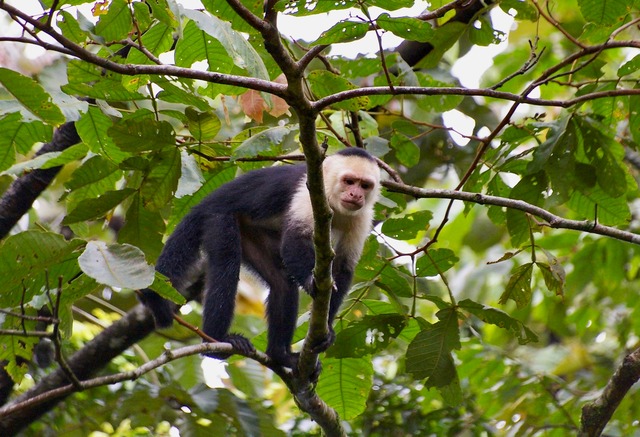
We moved to an other lodge in a more open landscape but still with stunning vistas of the lake and the volcano. Close by we saw this amazing "bug" called Hercules Beetle.
and also some more common birds like this "TK" Tropical Kingbird and the Rufous-collared Sparrow.
Going to Monteverde from here give you some different options. You can take a horse ride, going both by boat and bus or just bus all the way. My wife chose the horse ride and I took the kids by boat and bus. By the lake I found this Green Kingfisher.
Monteverde is world famous and a mecka for nature lovers. Seeing the birds in the jungle can sometimes be quite difficult. This Yellowish Flycatcher was cooperative though.
However, the hummingbird garden next to the entrance is full of glistening hummers. They come for a short second to visit the feeders and then they are gone again. I found it easier to take photos through finding their resting spots as they seem to favor one or two, to which they will return. Even here you have to be quick as they are very restless. Here yo can see Green Violet-ear in two different plumages.
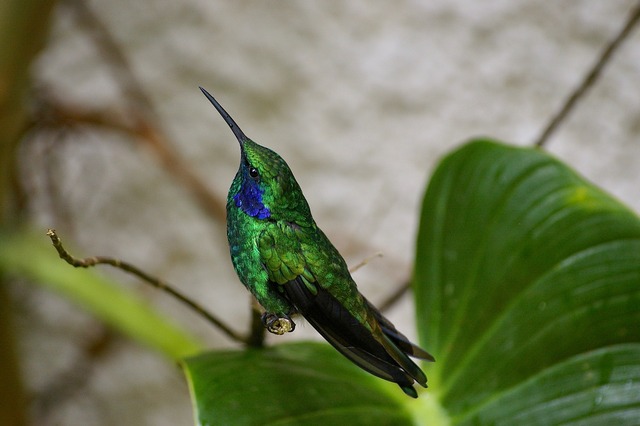 Watching them for a while make you realize how different they appear depending on the light and angle. This aspect and also the many types of plumages make it sometimes quite difficult to tell which species it is, like this one which I think is Canivet´s Hummingbird because of the forked blue tail, but I´m not sure.
Watching them for a while make you realize how different they appear depending on the light and angle. This aspect and also the many types of plumages make it sometimes quite difficult to tell which species it is, like this one which I think is Canivet´s Hummingbird because of the forked blue tail, but I´m not sure.
Also the Green-crowned Brilliant can look very different as with these two.
Costa Rice does not have so many endemic birds as you might think but this Coppery-headed Emerald is one of them and favors Monteverde.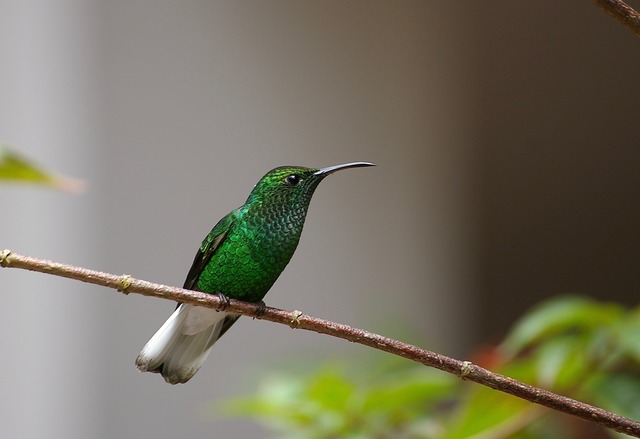
One of my favorites was the Purple-throated Mountain-gem here represented by a female in different poses.
Easily identified by its rufous wing band is this Stripe-tailed Hummingbird.
One day my family took a horse ride while I birded some more open areas. Here I found this Yellow-throated Euphonia as well as a "true" Coral Snake. Do you know how to separate it from the false? Red to yellow, kills a fellow for the true and "Red to black, venom lack" for the false.
From this beautiful place we continued towards the coast and a resort called Punta Leona which is abutted to the big national park of Carara. This is lowland rainforest and full of birds. Taking photos in the dark jungle is, like I said before, not easy and I didn't´t get many pictures but next to a small river I found this Bare-throated Tiger-Heron.
If you are going with your family or just want to rest by the sea and a good pool, while you have good birding just outside your door, this is a good place to visit. The iconic Scarlet Macaw usually nests around here and birds like Chestnut-mandibled Toucan and Hoffann´s Woodpecker is readily seen. There is also a big butterfly house which you can visit and the the different phases of their lives, here a Giant Swallowtail Butterfly.
Other animals is quite often seen like this White-nosed Coati, Varigated Squirrel and the Ctenosaur.
As the resort is just put into the the edge of the jungle some birds will be seen from the swimming pool like this Great Kiskadee which spent some time by the pool every day.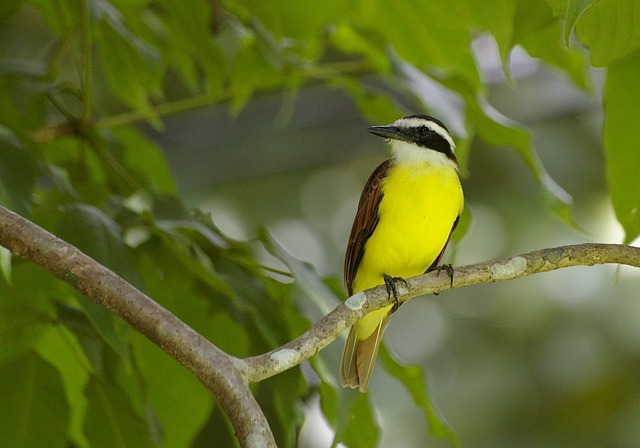
This cute Racoon was hanging around our house but be aware, they could easily come up too close and be aggressive if they think they can get food from you.
Some more odd and rarer birds seen at Punta Leona was this juvenile Yellow-crowned Night-Heron just next to the beach, Cocoa Woodcreeper and White-whiskered Puffbird.
One day we took a guided tour to the Tarcoles River. This is an excellent spot to se some birds and animals related to mangrove and river habitat. We saw quite a few Am. Crocodiles, a few of them quite big like these two. In front of the second you can see a Wood Stork.
Further up the river we saw some colorful and powerful birds like these Roseate Spoonbills and Crested Caracaras.
One species I really wanted to see was the Boat-billed Heron. Our guide knew exactly where to go and showed an areas with trees where this guy was hiding. Next to it, the much more common and obvious Green Heron.
We also made a family trip down to Manuel Antonio National Park which is much more well-known for its natural beauty than wildlife. However, Brown-throated Three-toed Sloth is sometimes easy to find and just north of the park is one of the best places to see the awesome Red-backed Squirrel Monkey. Below my excellent and friendly guide Randall Ortega Chaves.
If you saw the film 1492 with Gererd Depardieu many years ago you might recognize the beach. The beach at Punta Leona is the place where many scenes were taken. Pure Vida Costa Rica.
Michigan June -13
Again I went to the states for some birding. This time to Michigan which is one (perhaps the best) of the best states to visit in early June as all the migrants have arrived and resident birds are breeding. My friend Nick joined me on this tour. My other american friend Jim wasn´t able to join this time. My favorite group of birds, New World Warblers are plentiful here even if some of them needs both luck and effort to find. We saw 22 different species of warblers and still missed a few that we had hoped to see. We flew into Chicago and from here we drove towards the small town of Mio where the nr 1 target species of the trip waited for us the next morning. On the way up we stopped at Warren Woods and were lucky enough to see an other target bird, the Louisiana Waterthrush. Around Mio is the best (almost the only place) on earth to see the very rare Kirtland´s Warbler. However, if you go there the chance is quite high you will see it as it´s not uncommon in the restricted area it breeds.
Close to Mio is Harwick Pines and here we had excellent views of a pair of Evening Grosbeaks which is a stunning bird. A very nice Rose-breasted Grosbeak joined as well.
Right at the entrance the common Am. Robin was searching for food.
We then headed for Pellston and the local airport, which is a good spot to look for Upland Sandpiper. What a great day seeing so many target birds and some of them in an excellent way.
Common along the way but still very handsome is the Killdeer.
As we drove close to to water a magnificent Common Loon rested i a calm bay.
Passing the bridge to the Upper Peninsula means you are entering deeper forests and the breeding grounds of many warblers. It´s not easy birding but worth every effort. Some photos are not the best but the species themselves are just great. Birds as follows; Connecticut W, Nashville W, Blackburnian W, Mourning W and the very handsome Chestnut-sided Warbler.
In the deep forest you can also be lucky to see some Grouses like this Spruce Grouse as well as Northern Goshawk.
Searching for warbler will at the same time reward you with some more common birds like this Willow Flycatcher and Black-capped Chickadee.
Even up here they call small towns Paradise and that´s where we stayed. At two times we visited Whitefish Point, which is a famous banding station as well as breeding grounds of the quite rare Piping Plover. Up here we saw some groups of late migrants like this Black-throated Green Warbler but also more resident birds just looking for food. Cedar waxwing and Blue Jay among the latter.
At Whitefish Point, birds could show up away from normal habitat like this Magnolia Warbler and the Yellow-rumped warbler which I found in small bushes away from the trees.
At Tahquamenon Falls we saw a few more birds but also had some good views and a good brewed cup of coffee (which is quite unusual in the states). Hairy Woodpecker, Eastern Wood-Pewee and Indigo Bunting.
As the days continued we had to start our travel back towards Chicago. The last day we had a flat tire and had to drive with a "donut" for several miles and then change car at the local airport, Pellston. Further south we stopped at Fort Custer area where Yellow.billed Cuckoo showed well and also at Kellog Forest where we had good views of Blue-winged warbler and Gray Catbird.
At Three Oaks Grassland close to Warren Woods we finally saw the Dicksissel singing with full power just next to the road.
I´ve said it before but need to say it again. I just love doing this type of trips when you travel independently with a nice friend and put the effort you like for each day. Michigan is a true hot spot if you like to see many warblers and of course many other birds at their breeding grounds. Last picture shows Nick taking a well deserved break after a long drive.
- Wild Turkey Meleagris gallopavo. 2 birds around Mio.
- Common Loon Gavia immer. 2 ex. Next to Harbor Springs.
- Great Blue Heron Ardea herodias. 1 ex. Wilderness S.P.
- Turkey Vulture Cathartes aura. Up to 3 ex. Seen while driving north.
- Osprey Pandion haliaetus. 1 ex close to Vermillion.
- Cooper´s Hawk Accipiter cooperii. One bird seen at Fort Custer.
- Northern Gooshawk Accipiter gentilis atricapillas. One bird seen FR 3145 Hiawatha N.F.
- Bald Eagle Haliaeetus leucocephalus. 1 ex. Vilderness S.P and 2 birds Whitefish Point.
- Broad-winged Hawk Buteo platypterus. Totally 7 birds seen at different places throughout.
- Red-tailed Hawk Buteo jamaicensis.. 2 birds seen in southern Michigan while driving.
- Sandhill Crane Grus canadensis. Two breeding pairs just south of Paradise.
- Piping Plover Charadrius melodus. 4 beautiful birds seen at their breeding grounds at Whitefish Point.
- Killdeer Charadrius vociferus. Quite common throughout.
- Spotted Sandpiper Actitis macularia. 2 ex. Wilderness S.P and one bird at Tahquamenon Falls.
- Upland Sandpiper Bartramia longicauda. Two birds seen well at both times we visited Pellston (north of the airport).
- American Woodcock Scolopax minor. One bird was flushed as we were trying to get better views of a Mourning Warbler at FR 3139.
- Ring-billed Gull Larus delewarensis. Yes
- Herring Gull Larus argentatus. Yes
- Caspian Tern Sterna caspia. 2 ex at Wilderness S.P.
- Black Tern Chlidonias niger. 15 birds close to Newberry at U.P.
- Rock Pigeon Columba livia. Yes, a few.
- Mourning Dove Zenaida macroura. Yes, quite a few.
- Yellow-billed Cuckoo. Two birds were calling and later also seen well at Fort Custer.
- Common Nighthawk. One seen from the car when arriving to paradise.
- Ruby-throated Hummingbird. In total, 4 birds seen at U.P at different locations.
- Red-headed Woodpecker. One seen close to Fort Custer.
- Red-bellied Woodpecker. In total 6 birds seen at three different places and days.
- Yellow-bellied Sapsucker. 2 birds seen at Wilderness S.P.
- Downy Woodpecker. In total 4 birds seen at the locations in southern Michigan.
- Hairy Woodpecker. One bird when we stretched our legs outside New Buffalo.
- Northern Flicker. Quite common throughout.
- Pileated Woodpecker. One bird seen at Farm Truck Road.
- American Kestrel. One bird at Wilderness N.F.
- Merlin. 3 birds seen at Whitefish Point.
- Eastern Wood-Pewee. In total 6 birds seen and heard the 3 first days.
- Alder Flycatcher. One bird seen and heard singing at FR 3344.
- Willow Flycatcher. 5 birds around U.P. One seen very nicely as it kept on singing just a few meters away.
- Least Flycatcher. 2 birds seen well at Vermillion.
- Eastern Phoebe. One bird at Warren Woods and 3 birds at Hiawatha N.F.
- Great Crested Flycatcher. 4 birds at different southern locations.
- Eastern Kingbird. Quite common. Seen throughout.
- White-eyed Vireo. 1 bird seen in a forest close to Fort Custer.
- Blue-headed Vireo. A total of 6 birds seen at the U.P.
- Warbling Vireo. One bird at Wilderness and two more around Pellston.
- Philadelphia Vireo. One bird close to Pellston.
- Red-eyed Vireo. More than 15 birds seen at the U.P.
- Blue Jay. Common, especially at Whitefish Point were several hundred had gathered.
- American Crow. Yes.
- Common Raven. Yes, but not as common as the Crow.
- N. Rough-winged Swallow. 3 birds seen on the loop outside Mio.
- Tree Swallow. One bird as above.
- Barn Swallow. Quite a few seen.
- Cliff Swallow. 2 birds outside New Buffalo.
- Black-capped Chickadee. 2 birds Warren Woods, 2 birds Mio and common at Whitefish Point.
- Tufted Titmouse. Two birds seen at Warren Woods.
- Red-breasted Nuthatch. 2 birds Whitefish Point.
- White-breasted Nuthatch. One bird at Warren Woods and another at Hiawatha N.F.
- Blue-gray Gnatcatcher. One bird seen at Fort Custer area.
- Golden-crowned Kinglet. Heard several times but 2 birds seen well at Whitefish Point.
- Eastern Bluebird. Seen with 13 bird throughout the journey.
- Swainson´s Thrush. Three birds seen at Hiawatha S.F.
- Hermit Thrush. One bird at FR 3344.
- Wood Thrush. Heard many times but only seen once at Tahquamenon Falls.
- American Robin. Quite common.
- Gray Catbird. Common at Kellogg Forest. About ten birds was seen.
- Brown Thrasher. 3 birds around Mio and two more around Pellston.
- European starling. Yes
- American Pipit. One bird seen at Whitefish Point.
- Cedar Waxwing. Quite common, especially at the northern part of U.P.
- Louisiana Waterthrush. A very good start of our trip when Nick found one beautifully standing on a log close to the water at Warren Woods. One of the best birds of the trip.
- Blue-winged warbler. 3 splendid birds at Kellogg Forest. Responded well to taping.
- Black-and-White Warbler. A total of 6 birds of this “trunk-climbing” bird. Both wilderness N.F. and U.P.
- Prothonatary Warbler. 2 birds finally seen after persistent searching at Fort Custer Area. Responded to taping but quite shy and elusive.
- Tenessee Warbler. One bird seen at Whitefish Point.
- Nashville Warbler. The most common bird at U.P., especially at Hiawatha N.F. Around 20 birds seen in total.
- Connecticut Warbler. One stunning bird found at FR 3344. Was singing when we stopped the car but responded to tape which was good as we had to walk several hundred meters into the forest in swampy terrain before we had good views.
- Mourning Warbler. Another stunner, this bird responded to taping “and came out” to see what was happening at a small parking area at FR 3139. The purpose of the stop was to have a lunch-sandwich. Lucky us! Two birds also heard outside Wilderness but were never seen.
- Common Yellowthroat. Not so common on this trip. Heard a couple of times but only one seen at Tahquamenon Falls.
- American Redstart. Together with Nashville the most common warbler. Seen every day at U.P and also around Wilderness N.F.
- Kirtland´s Warbler. The target species for this region. We participated in a free guided tour at Mio. Two birds seen well during this walk. Later, we also saw another 5 birds in the same area. Was quite an active singer.
- Northern Parula. Only one bird seen at Whitefish Point.
- Magnolia Warbler. A total of 5 birds were seen at the U.P. Four of them at Whitefish Point.
- Blackburnian Warbler. A total of 9 birds seen both at Whitefish Point and in breeding areas in deep forest. A very stunning bird.
- Yellow Warbler. A total of 8 birds at U.P. and also Wilderness N.F. with a few ones.
- Chestnut-sided Warbler. So gently colored. At the same time strong and soft in plumage. 3 birds seen in the eastern part of Hiawatha N.F. Nick´s favorite warbler.
- Palm Warbler. The first warbler to be seen at U.P. Seen well just a few hundred meters in on FR 3344.
- Pine Warbler. One bird around Wilderness N.F. and two more at Whitefish Point.
- Yellow-rumped (Myrtle) Warbler. A total of 15 birds at Wildernes S.P. and U.P. 10 birds seen one day at Whitefish Point.
- Black-throated Green Warbler. Not uncommon. Heard in many forests and seen well at a couple of times. A total of 8 birds.
- Canada Warbler. 2 stunning birds showed well in Wildersness S.F. Responded well to taping. Another two were seen at FR 3139.
- Wilson´s Warbler. One single bird was seen at Vermillion.
- Eastern Towhee. One single bird showed well at the Kirtland´s walking tour, Mio.
- Chipping Sparrow. Common at Whitefish Point.
- Field Sparrow. 2 ex. at the Kirtland´s walking tour, Mio. One seen around Fort Custer.
- Vesper Sparrow. 2 birds at the Kirtland´s walking tour, Mio.
- Savannah Sparrow. One bird seen on the loop around Mio.
- Song Sparrow. One bird seen on the loop around Mio. 2 more outside Pellston.
- Swamp Sparrow. Not easy to see but we managed to see one along FR 3145 and another at Vermillion.
- White-crowned Sparrow. 4 birds around Mio and also Pellston. 2 more at Whitefish Point.
- Summer Tanager. Two birds Pellston and one more at Fort Custer.
- Northern Cardinal. One bird close to Kellogg Forest.
- Rose-breasted Grosbeak. A few scattered birds along our trip. Good views at 3 birds at Harwick Pines S.P.
- Indigo Bunting. Common around Fort Custer and Kellogg Forest. About 10 birds seen.
- Dicksissel. Finally we had excellent views of 2 birds at Three Oaks Grassland close to Warren Woods. Said to be a declining species together with Bobolink.
- Bobolink. Eventually we found one during the loop around Mio close to the Amish settlements in this area.
- Red-winged Blackbird. Common.
- Western Meadowlark. One seen near Pellston.
- Brewer´s Blackbird. Seen close to the Meadowlark above.
- Common Grackle. Quite common in the lower peninsula.
- Brown-headed cowbird. The same and above. There was a trap for these birds in the Kirtland´s Warbler area.
- Baltimore Oriole. The only Oriole seen during the trip. 2 birds near Pellston and about 4 birds around Fort Custer and Kellogg Forest.
- House Finch. 2 birds seen outside Warren Woods.
- Red Crossbill. A flock of 20 birds was seen on Farm truck Road.
- Pine Siskin. Just a few birds at the U.P.
- American Goldfinch. Just one bird at Whitefisery good at h Point.
- Evening Grosbeak. A pair seen very nicely at Harwick Pines S.P. visitor center.
- House Sparrow. Yes.
Leif Rydell, Sweden.
Florida Feb 2011
During the Swedish "sport holiday" in February -11 my family went to Orlando for a week. We found real bargain tickets and decided to go. Most days were spent around the amusement parks but also at Kennedy Space Center from where they this week launched the last space ferry. Florida is a good birding destination and therefore I had contacted Birding Pal Gallus Quilley who came and picked me up one morning.
Gallus, my excellent birding pal guide.
First we went to Tosohathee WMA for some forest bird and I was glad to see the skulking Bachman´s Sparrow. Most time were spent at the Viera Wetlands where yo have good opportunities to see herons, ducks and other water birds. Here you can see some of these; Snowy Egret, Tricolored Heron and Great Blue Heron.
In Sweden the Bittern is extremely secretive and very hard to see. Here they walked around in open which was surprising for me. I also saw a few of the special Limpkin, here flying.
As you can see on the following pictures ducks and other heron, ibises were plentiful. Here Blue-winged Teal, Am. Coot, Green Heron and White Ibis.
Some of the Grebes we have in Europe are the same but not this Pied-billed Grebe and Bronze Ibis
We then continued to the coast and Merrit NWR which is probably the best place to see the endemic Florida Jay.
Close by, we stopped at one of the inlets in this area. The reason for the stop was a big flock of Black Skimmers. A few Ring-billed Gull were also present.
As an end to this good day we stopped at Orlando Wetlands where I eventually saw one of my target birds, the Wilson´s Snipe. Also here was this Wood Stork which was preparing for the night rest.
Arizona summer 2011
If you want to fill up your American bird list, a visit to Arizona is a must. If you go in late July early August as we did you will not only see both the specials for this region but also some of the birds that migrate through this region. This trip was made with my good friends Jim Royer and Nick Armstrong, both very knowledgable about the birds of North America. We met at Phoenix airport and drove immediately down to our lodging close to Sonora Desert Museum where we started our birding the next morning. The landscape in Arizona is very fascinating with all the different cactuses with the Saguaro as the classic one. One of the reasons to go here is the great possibility to see many different species of hummingbirds, like this Anna´s Hummingbird and Broad-billed Hummingbird which both are quite common to the more seldom seen Violet-capped Hummingbird and Costa´s Hummingbird.
In southern Arizona there are a couple of mountains that are really good both for resident species as well as some rarer migrants. At Madera Canyon we had such great luck that we saw an Aztec Thrush. At Ramsey Canyon we had a great walk and I saw one of the most wanted, the Red-faced Warbler. Too far to get a picture though but this Black Bear and a female Broad-tailed Hummingbird were more cooperative.
Close here we also saw the local Mexican Jay as well as the quite abundant Western Wood-Peewee.
We then drove to more flat country, the San Pedro River where we had special encounter of a mating pair of Western Diamond-Backed Rattlesnake. I more or less stepped at it and had the experience of hearing the classic rattle right beneath me. I guess no one of them bit me as they were occupied with more pleasant stuff.
At this visitor center I took these pictures of House Finch, Canyon Towhee, Curve-billed Thrasher and Gila Woodpecker.
At French-Joe Canyon we had a strenuous walk and at this time the same thing happened for Nick, this time a beautiful Black-backed Rattlesnake.
You can see my sweaty back taking photos of the snake as well as 3 happy "Tres Gringos" after the return.
We then continued to the legendary Chiricahua Mountains which was the home of the Apaches. On this road we saw several resting Swainson´s Hawks.
The town Paradise once was a big mining town full of shops, banks and even its own "Red district" but today only a few houses remain. Still perfect for birds and we also had the opportunity to be part of banding hummingbirds. Look at this tiny Calliope Hummingbird in my hand, just 5 cm long. Also the table where the activity took place.
Here the hummingbird had a party visiting the feeders and among them the stunning Magnificent Hummingbird as well as the most common one, the Rufous Hummingbird.
On the at this beautiful place we saw the Black-tailed rattlesnake again, this time in the middle of the road. We had to lift it away as it did´t want to leave and also clearly showed by body language that it did´t like the presence of us.
A very special moment was when the bats came to feed in the dark but be able to see them because of infrared light. What amazing thing you can be part of when you travel.
Thank you Jim and Nick for all the planning and driving (I had a nice time in the back seat) and for your splendid company. I finish this blog with this classic view of Arizona in sunset.
Full bird list.
- Mallard: 10 ex day one at Sweetwaters.
- Cinnamon Teal: 3 ex day 1.
- Northern Shoveler: 1 ex day 1.
- Ruddy Duck: 2 ex day 1.
- Scaled Quail: 3 ex 5/8
- Gambel´s Quail: Common day 1 plus 1 ex 5/8
- Wild Turkey: 5 ex 5/8
- Least Grebe. 3 ex 2/8 gave Jim a new american bird viat Pena Blanca.
- Pied-billed Grebe: 2 ex day 1
- Double-crested cormorant: 1 ex 2/8 Pena Blanca
- Great Blue Heron: 1 ex each 2 and 5/8
- Green Heron: 1 ex 2/8
- White-faced Ibis: 1 ex 7/8
- Black Vulture: 5 ex 2/8
- Turkey Vulture: 1-4 ex seen most of the days.
- Osprey: 1 ex 2/8
- Cooper´s Hawk: 1 ex each dag 1 and 4/8.
- Northern Gooshawk: 2 ex 6/8 at a nest, Chiricuhuas Mountains.
- Harris´s Hawk: 2 ex at stake-out road for this beautiful bird.
- Gray Hawk: 2 ex 2/8 plus 1 ex 4/8.
- Swainson´s Hawk: A few birds seen sporadicly while driving.
- Red-Tailed Hawk: 1 ex each during 4 days.
- American Kestrel: 3 birds seen through out.
- Sora: Heard day 1.
- Common Moorhen 2 ex day 1.
- American Coot: 3 ex day 1 plus 1 ex 2/8.
- Killdeer: 10 ex day 1.
- Black-necked stilt: 2 ex day 1 plus 30 ex 7/8
- Spotted Sandpiper: 1 ex 2/8 plus 2 ex 7/8
- Greater Yellowlegs: 1 ex 7/8
- Western Sandpiper: 10 ex 7/8
- Least Sandpiper: 10 ex day 1 plus 25 ex 7/8.
- Baird´s sanpiper: 1 ex 7/8.
- Solitairy sandpiper: A pair at Sweetwaters Wetlands 7/8.
- Rock Pigeon: A few.
- Band-tailed Pigeon: 1 ex 4/8.
- White-winged Dove: common.
- Mourning Dove: common.
- Common Ground Dove: 10 ex 2/8 plus a few more on other days.
- Yellow-billed Cuckoo: Heard 2/8 samt 1 ex seen well 3/8 Patagonia.
- Greater Roarunner: 1 ex first morning at tee nr. 10 plus 1 ex5/8.
- Western Screech-Owl: 1 ex heard plus one more seen breifly during owling at Paradise 6/8.
- Whiskered Screech-Owl. 1 bird seen and heard day(night) 1.
- Elf Owl: 1 bird heard at the first night.
- Lesser Nighthawk: 10 ex at arrival day close to our lodging. Also 1 ex each 4 and 5/8.
- Commin Poorwill: 1 ex seen in the lights from the car. Also heard at the same time 6/8.
- Mexican Whip-poor-will: 1 ex the same same night seen and heard.
- White-throated Swift: 2 ex 4/8 plus 1 ex 5/8.
- Broad-billed Hummingbird: Common (+10) day 1 and 2 plus 5 ex 4/8.
- Berylline Hummingbird: 1 ex day 1 plus one more 4/8.
- Violet-crowned Hummingbird: 1 bird each day 1 och 2 plus two more 4/8.
- Blue-throated Humminbird: 1-2 ex day 1 plus 5 more 7/8.
- Magnificent Hummingbird: 4-5 birds each day except 2/8.
- Lucifer Hummingbird: 1 bird the firts day plas one more 4/8 of this splendid bird..
- Black-chinned Hummingbird: Common 5-10 birds each day except 2/8.
- Anna`s Hummingbird: 1-2 ex first day plus 4-5/8.
- Costa´s Hummingbird: 1 ex each 1 och 3/8.
- Calliope Hummingbird: 1 ex 4/8 plus 3 ex each 6-7/8. This juvel was also banded.
- Broad-tailed Hummingbird: 3 ex 4/8 plus 5 ex 6-7/8.
- Rufous Hummingbird: 1-5 ex most of the days but very common during banding day (+50).
- Elegant Trogon: hörd flera gånger1/8 samt sågs väl 3/8 at Ramsey Canyon.
- Acorn Woodpecker: 3-5 birds most of the days by this special ”pecker”.
- Gila Woodpecker: Same as above.
- Ladder-backed Woodpecker: 1 ex 2/8 plus2 ex 5/8.
- Hairy Woodpecker: 1 ex 1/8.
- Arizona Woodpecker: 6 ex 1/8 plus 2 ex 3/8.
- Northern Flicker: 1 ex day 1 and 6/8.
- Northern Beardless-Tyrannulet: 1 ex at Patagonia Roadside Rest of this scarce bird.
- Greater Pewee: Finally we managed to see one bird high up in the Chricuhuas Mountains.
- Western Wood-Pewee: Common, seen every day.
- Cordilleran Flycatcher: 1 ex 1/8 plus. 6/8.
- Buff-breasted Flycatcher: Lots of seaching before we eventually found one at ”middle level” at Chiricuhuas Mountains.
- Black Pheobe: 3-5 ex during 5 days.
- Say´s Phoebe: More or less the same as its black fellow.
- Vermillion Flycatcher: 5 ex 2/8 and 2 ex 5/8 of this stunning flycatcher.
- Dusky-Capped Flycatcher: 2-3 ex 1,4 and 6/8.
- Ash-throated Flycatcher: Seen most of the days with 1-2 ex.
- Brown-crested Flycatcher: Same as above.
- Sulphur-bellied Flycatcher: 2-3 ex the first two days of the trip.
- Tropical Kingbird: Surpriceingly 3 different birds of this mexican species seen 5/8.
- Cassin´s Kingbird: A total of 7 birds seen during the trip.
- Thick-billed Kingbird: One bird seen well at classic stake-out vid Roadside Rest, Patagonia.
- Western Kingbird: Relativly common.
- Loggerhead Shrike: 1-3 ex seen during 5 dagar, often by the roads.
- Warbling Vireo: 1 ex each4/8 and 6/8.
- Bell´s Vireo: 5 ex sang and were also seen at Arviaka creek, Buenos Aires.
- Plumbeous Vireo: A few birds through out.
- Hutton´s Vireo: 4 ex 1/8 plus a few birds 3-4/8.
- Steller´s Jay: Heard 4/8 plus seen with 2 ex 6/8.
- Western Scrub-Jay: 1 ex the first day plus one more 6/8.
- Mexican Jay: Quite common, seen most of the days.
- Chihuahuan Raven: 2 ex 2/8.
- Common Raven: Much more common.
- Purple Martin: 4 ex day 1 plus 2 ex 7/8.
- Violet-green Swallow: More than 100 birds seen 3/8 plus 10 more 6/8.
- Northern Rough-winged Swallow: 2 ex day one.
- Tree Swallow: 1 ex 5/8
- Bank Swallow: 1 ex 5/8
- Cliff Swallow: +10 ex 5/8
- Barn Swallow: 2 ex 5/8
- Mexican Chickadee: One bird in the birdwave at Chiricuhuas mountains.
- Bridled Titmouse: 3-5 ex during 4 days.
- Juniper Titmouse: 1 pair had their nest at Paradise rest, Chiricuhuas Mountains..
- Verdin: Aprox. 10 birds first morning at the golf course..
- Bushtit: 5 ex 1/8 plus aprox. 10 ex 4/8.
- Red-breasted Nuthatch: Heard 4/8 plus 1 bird seen 6/8.
- White-breasted Nuthatch: Quite common, 2-8 birds all days.
- Pygmy Nuthatch: 1 ex 1/8.
- Brown Creeper: 1 ex each 1/8 och 4/8.
- Cactus Wren: Common day one and a few more birds through out.
- Rock Wren: After many stops we finally saw two birds between Buenos Aires och Pena Blanca.
- Canyon Wren: 1 ex each 2-4 /8.
- March Wren: 1 ex Sweetwaters.
- Bewick´s Wren: 1 ex each 2-3/8 och 5/8.
- House Wren: A total of 6 birds during the first 3 days.
- Blue-gray Gnatcatcher: 1ex at the bottom of Madera Canyon.
- Black-tailed Gnatcatcher: 1 ex at Sonora Desert Museum.
- Hermit Thrush: 4 ex 1 /8.
- American Robin: 1 ex 4/8 plus 10 ex 6/8.
- Aztek Thrush: One female was discovered by Nick at Madera canyon.
- Northern Mockingbird: 1-3 birds most of the days.
- Bendire´s Thrasher: 2 birds seen at a stake out close to the entrance to the Chiricuhuas Mountains.
- Curve-billed Thrasher: 3 ex day 1plus 4 ex 5/8.
- Crissal Thrasher: Heard at stake-out vid Chiricuhuas and also seen briefly.
- European Starling: 1 ex day 1.
- Phainopepla: More than 20 birds at Patagonia Preserve plus 4 more 4/8.
- Olive warbler: 1 ex 1/8 plus 1 bird in the birdwave at the Chiricuhuas of this ”important warbler”.
- Lucy´s Warbler: 2 birds at Sonora Desert, 5 ex 5/8 plus 2 more 6/8.
- Yellow warbler: During 5 days we saw 1-3 birds each day..
- Yellow-rumped Warbler: 1 bird at Madera Canyon together with the flock of Grace´s.
- Black-throated Gray warbler: 1 ex 1/8, 5 ex in the birdwave at the Chricuhuas plus 3 ex 7/8.
- Hermit warbler: 1 ex in the same birdwave as above.
- Grace´s warbler: + 8 ex Madera Canyon plus aprox. 10 birds in the birdwave at the Chiricuhuas.
- Commion Yellowthroat: A fewbirds most of the days through out..
- Red-faced Warbler: 2 ex Ramsey Canyon plus 1 single bird in the Chiricuhuas-birdwave of this juvel.
- Painted Redstart: 4 ex Madera Canyon plus 6 more atRamsey Canyon. Another stunner.
- Yellow-breasted Chat: Aprox. 10 birds at different spots, mostlya at Arivaka Creek.
- Hepatic Tanager: 1-3 ex during 6 days.
- Summer Tanager: 4 ex Madera Canyon plus 5 more 2/8.
- Western Tanager: 1-4 birds during 3 days.
- Spotted Towhee: 2 ex Arivaka Creek plus 1 ex Ramsey Canyon.
- Canyon Towhee: 2-4 ex the last 4 days.
- Albert´s Towhee: 2 ex day 1 plus 2 ex Sweetwaters.
- Rufous-winged Sparrow: 2 ex Sonora Desert Museum.
- Cassin´s Sparrow: 2 ex at the bottom (fields) of Madera Canyon plus 2 more at San Pedro river
- Botteri´s Sparrow: 4 birds at the same spot as above plus 3 ex San Pedro River.
- Rufous-crowned Sparrow: A few birds each day on the first 4 days.
- Chipping Sparrow: 1 ex Patagonia plus 2 ex Cave Creek.
- Black-chinned Sparrow: Hard and tricky. Finally got one in when tapeing close to Paradise
- Lark Sparrow: Aprox.10 birds spread out during the trip.
- Black-throated Sparrow: 6 ex Sonora Desert Museum, 2 ex French Joe Canyon plus 4 ex San Pedro River.
- Song Sparrow: 1 ex Sonora Desert Museum, 1 ex French Joe canyon plus 2 ex San Pedro River.
- Yellow-eyed Junco: 6 ex Madera Canyon plus 2 ex Chiricuhuas Mountains.
- Northern Cardinal: A total of 10 birds during 4 days.
- Pyrrhuloxia: Totaly 6 birds in suiteble dry habitats..
- Black-headed Grosbeak: 3-6 ex during most days, common at the feeders.
- Blue Grosbeak: Aprox. 20 birds seen during 4 days of which 10 were seen at Arivaka Creek.
- Lazuli Bunting: Jim saw 1 bird at San Pedro River
- Varied Bunting: 3 ex Sonora Desert Museum.
- Red-winged Blackbird: common in suiteble habitat.
- Eastern Meadowlark: 2 ex French Joe Canyon.
- Yellow-headed Blackbird: +200 ex Sierra Vista water ponds.
- Great –tailed Grackle: A few bird the 3 first days. 10 birds the last day.
- Brown-headed Cowbird: Quite common.
- Hooded Oriole: Seen during 5 days with 1-5 ex.
- Bullock´s Oriole: Jim saw one at San Pedro river.
- Scott´s Oriole: 4 ex French Joe Canyon.
- House Finch: Common, seen most of the days.
- Lesser Goldfinch: Common.
- House Sparrow: A few.
Others:
Black Bear: One at Ramsey Canyon plus one captured in a trap at Paradise.
Black-tailed Rattlesnake: A pair at French Joe Canyon plus one more one the road up in the Chiricuhuas Mountains.
Western Diamond-backed Rattlesnake: I almost stepped on a pair mating which proably saved me from beeing bitten. Both werehuge and fat and the ”rattle” was quite scary. This was at a path at San Pedro River.


